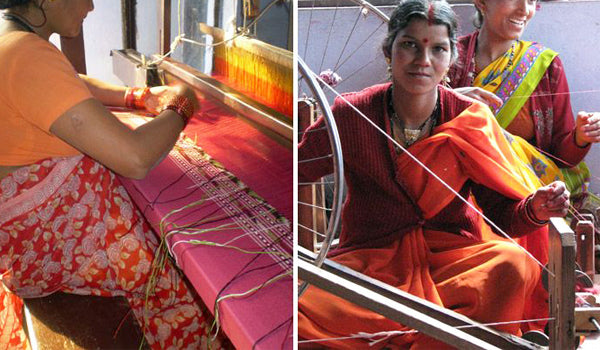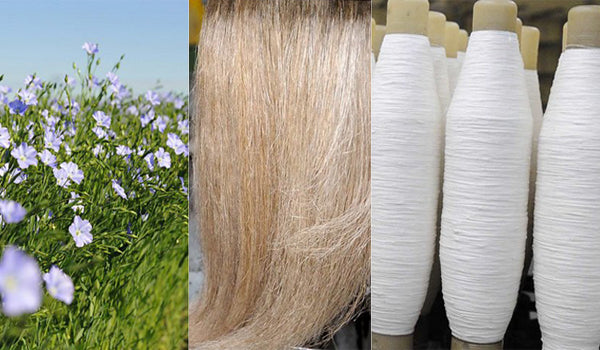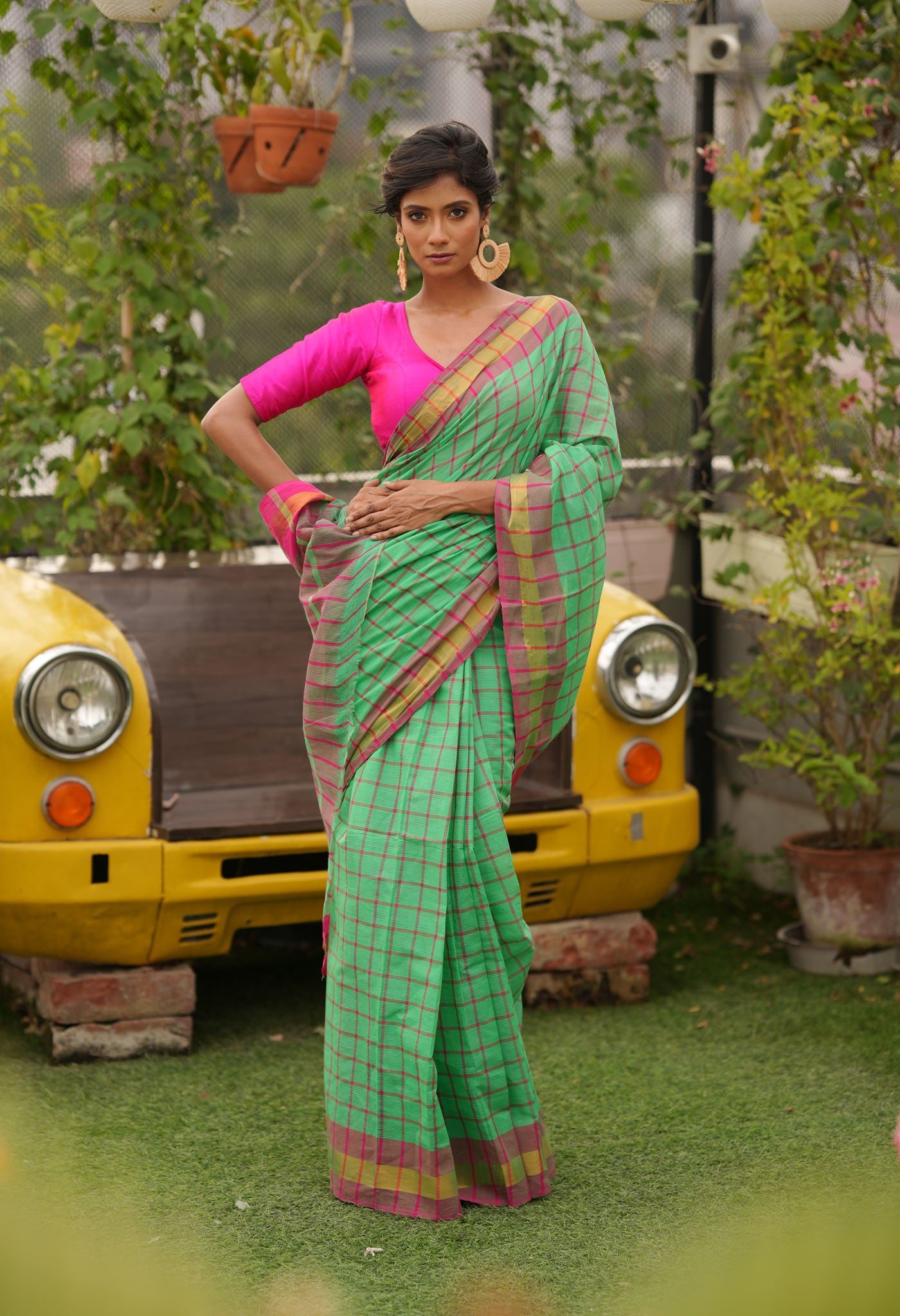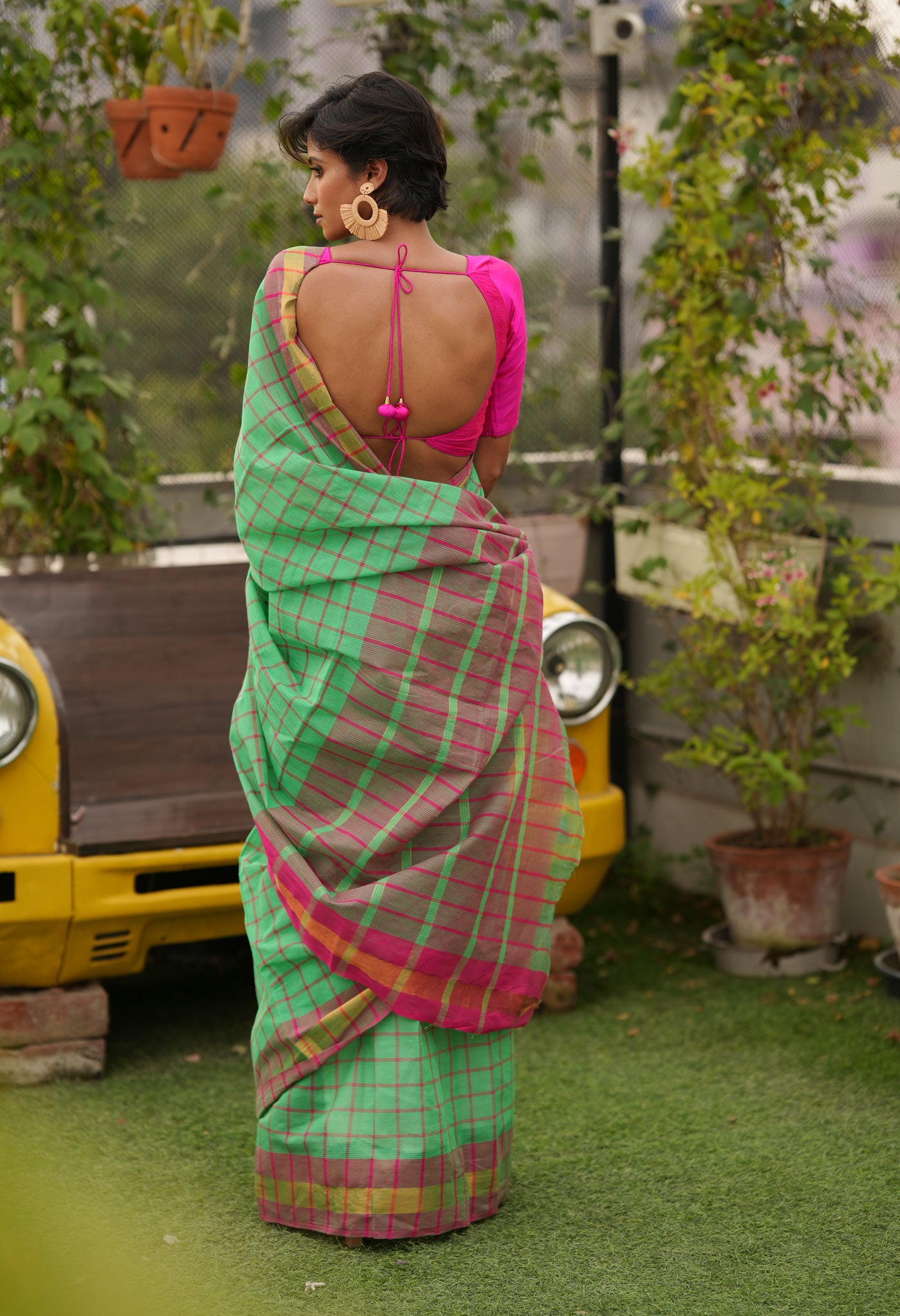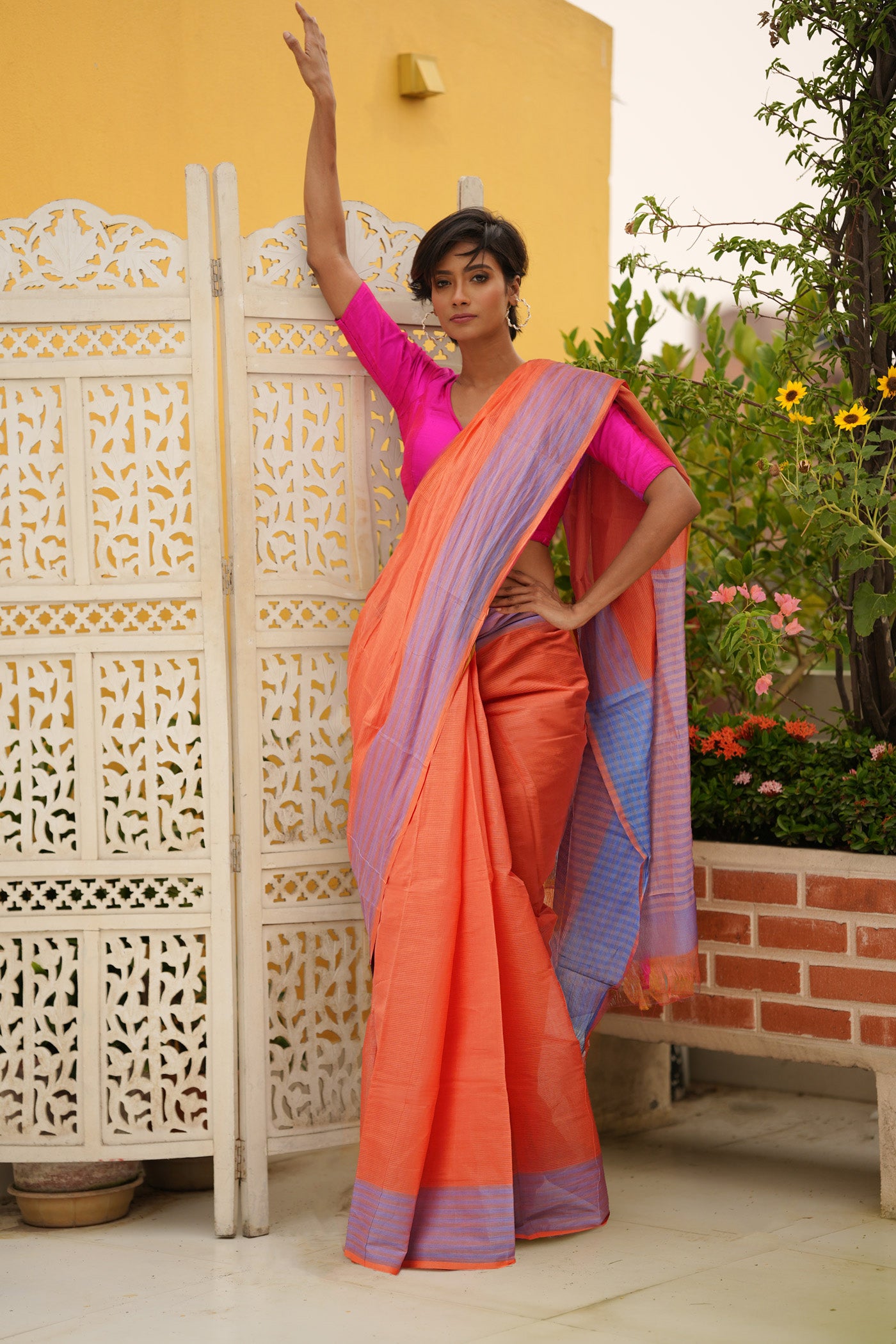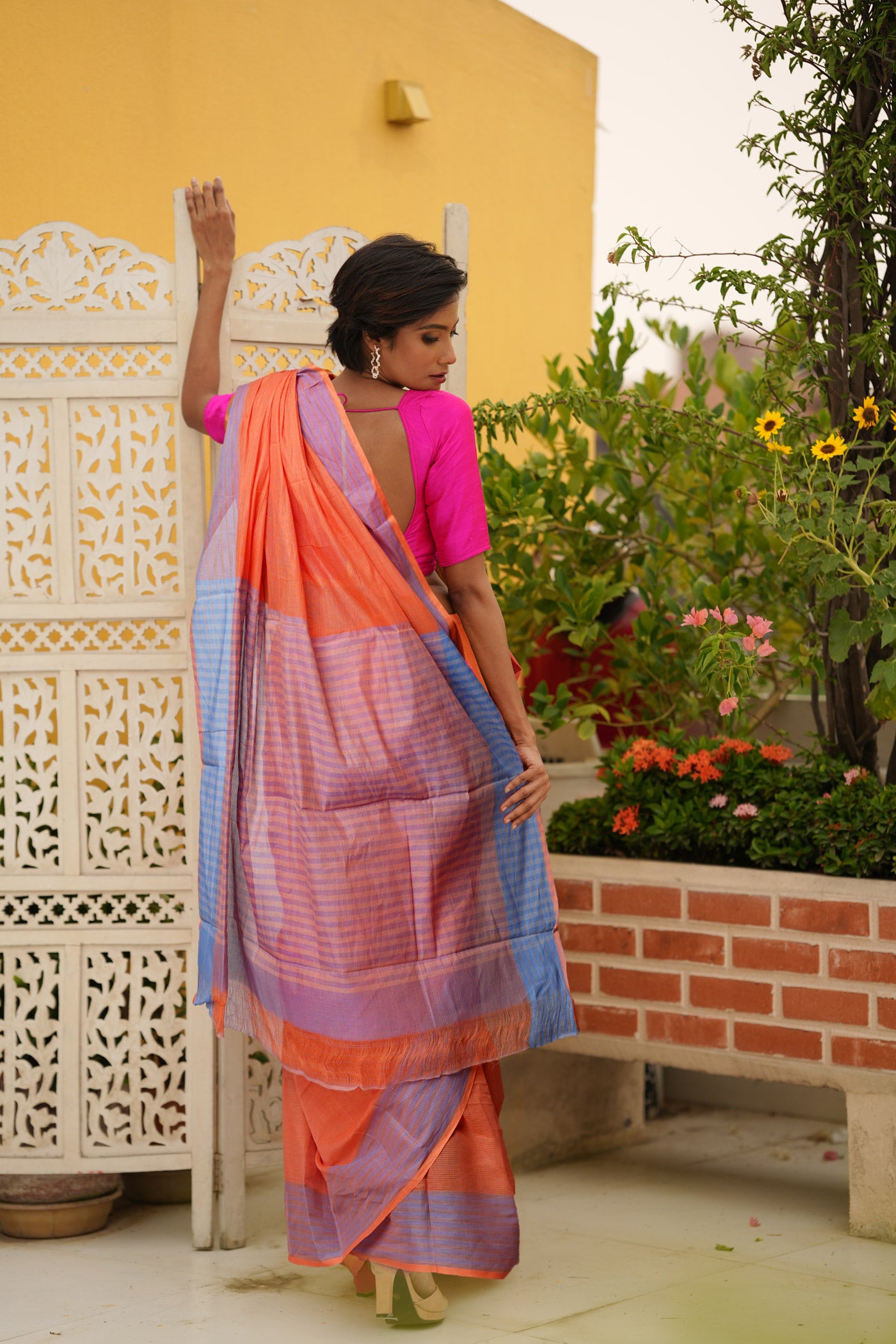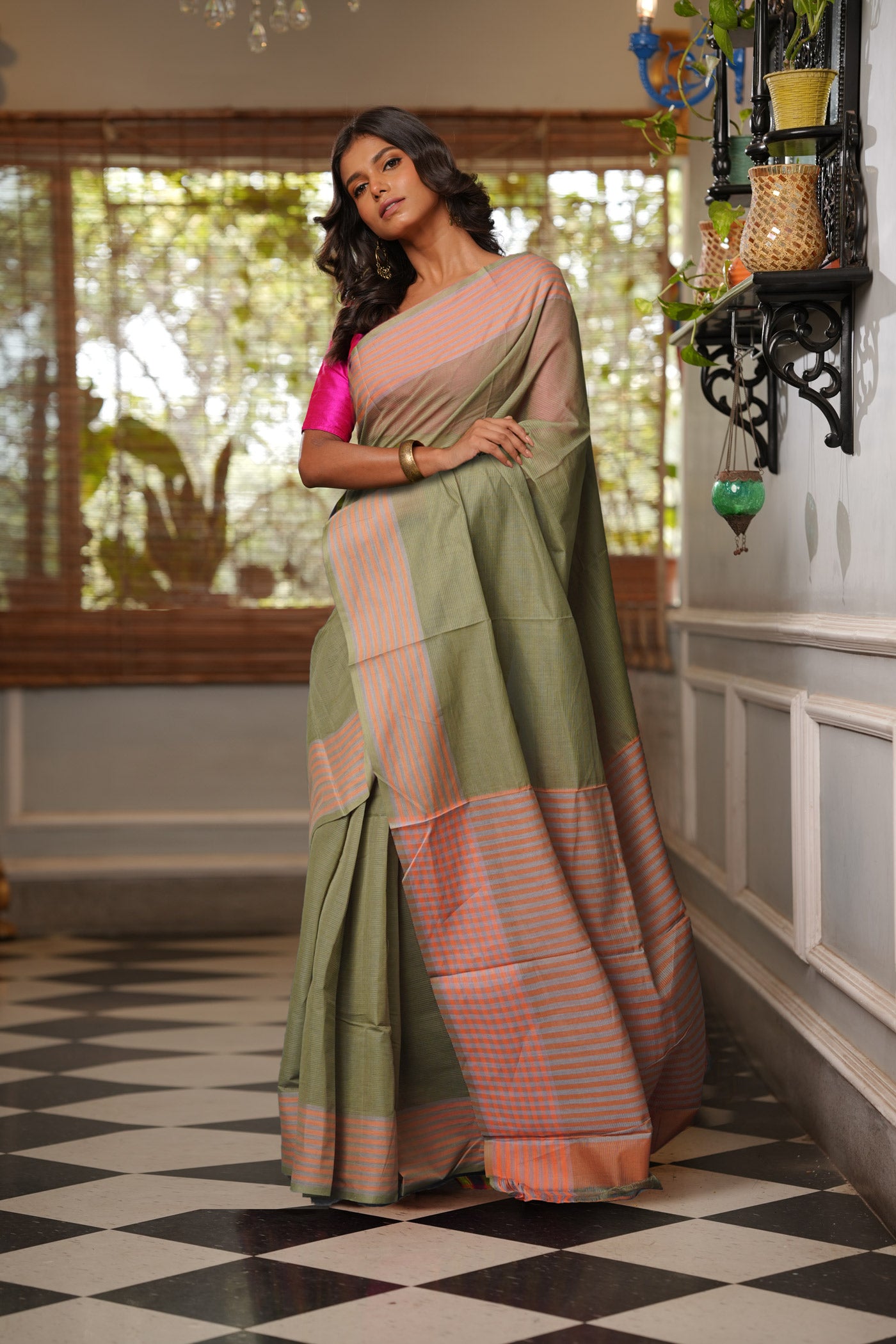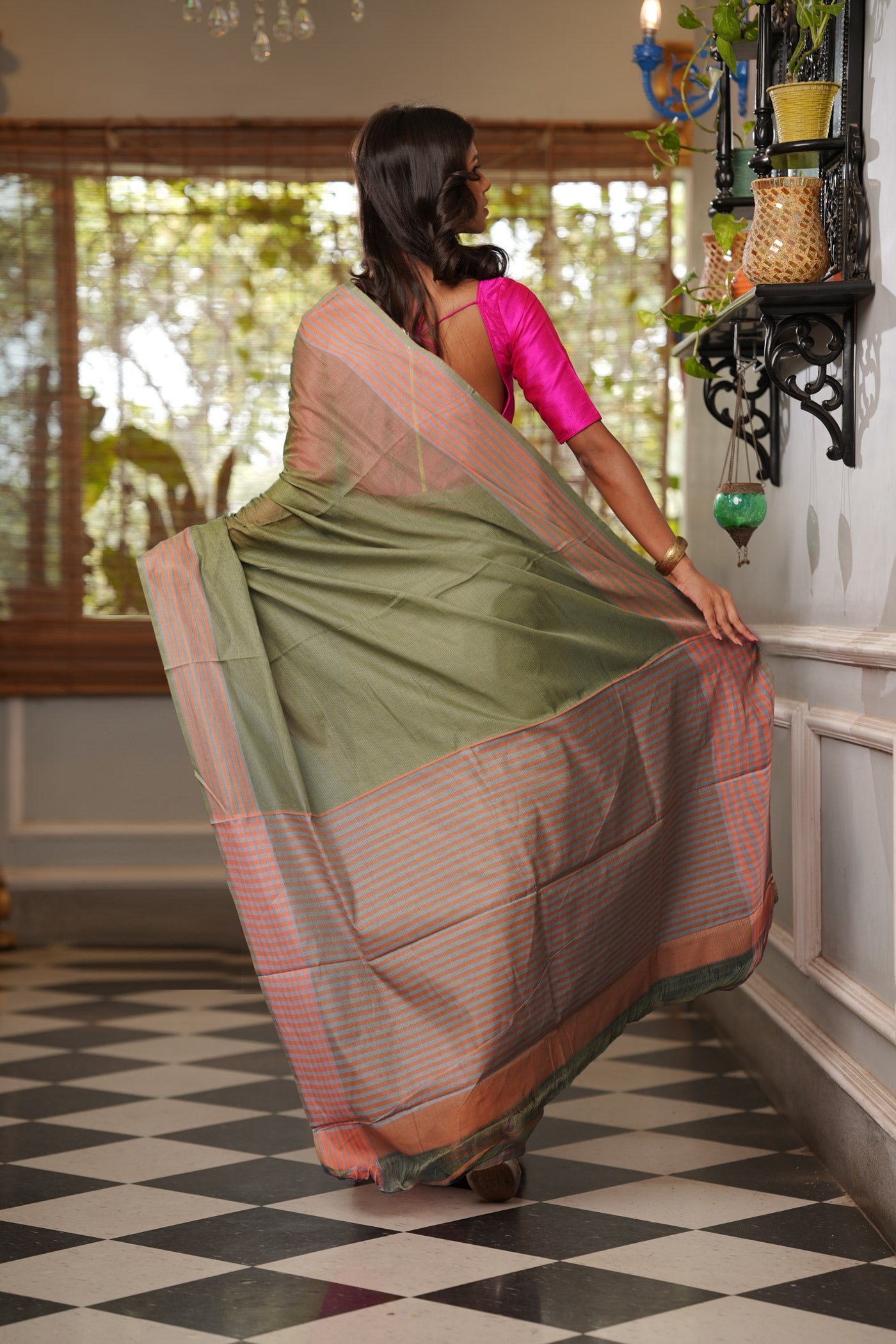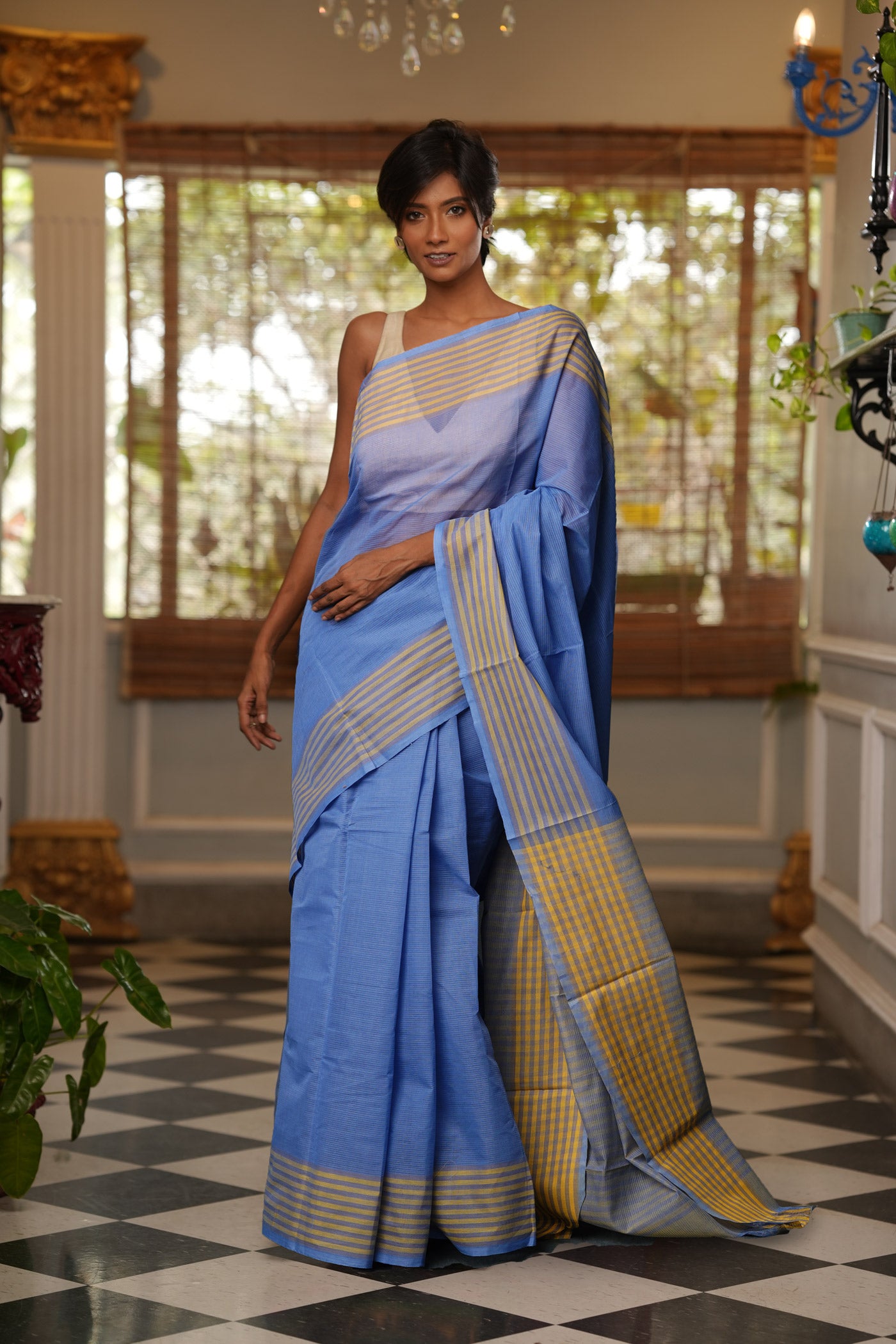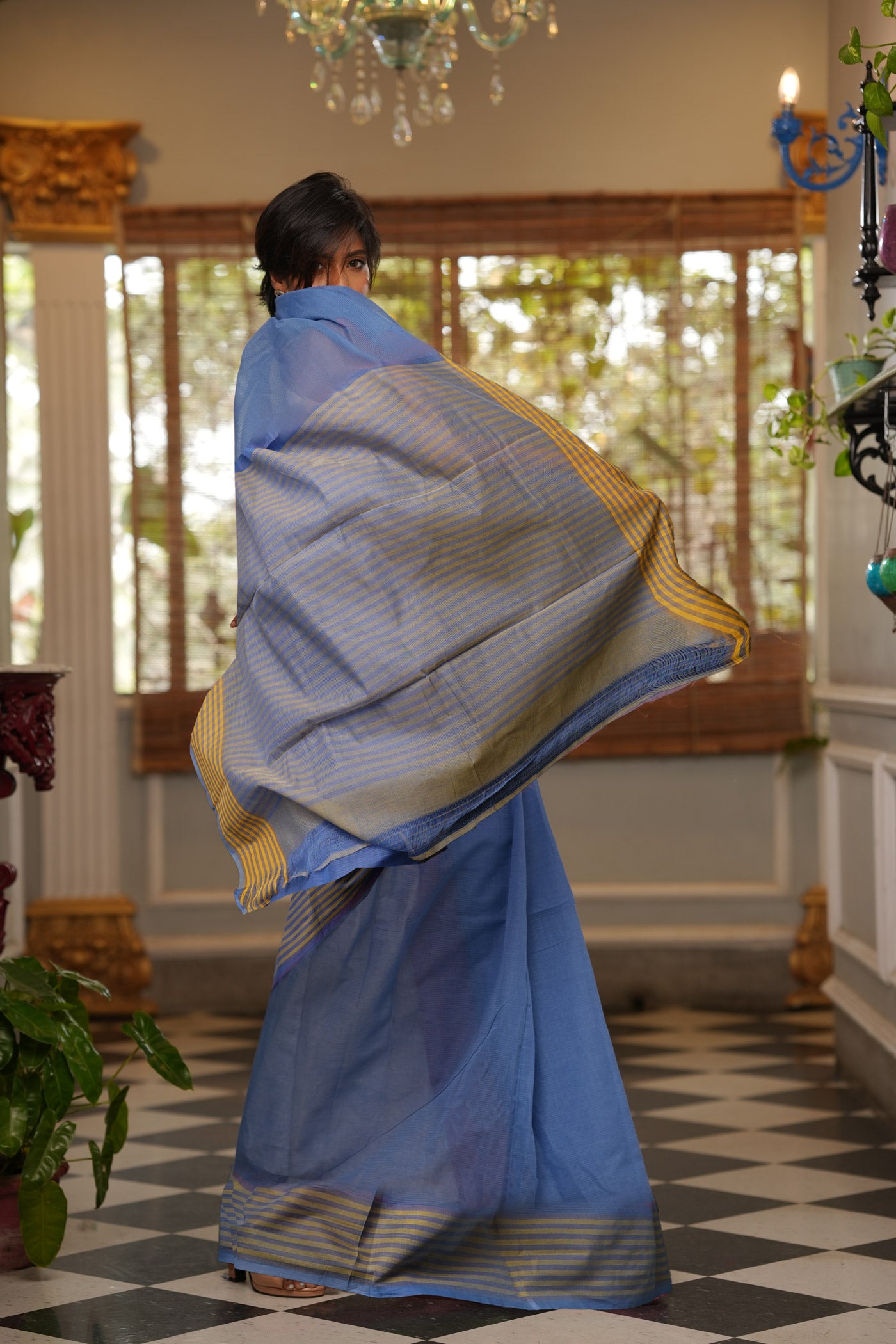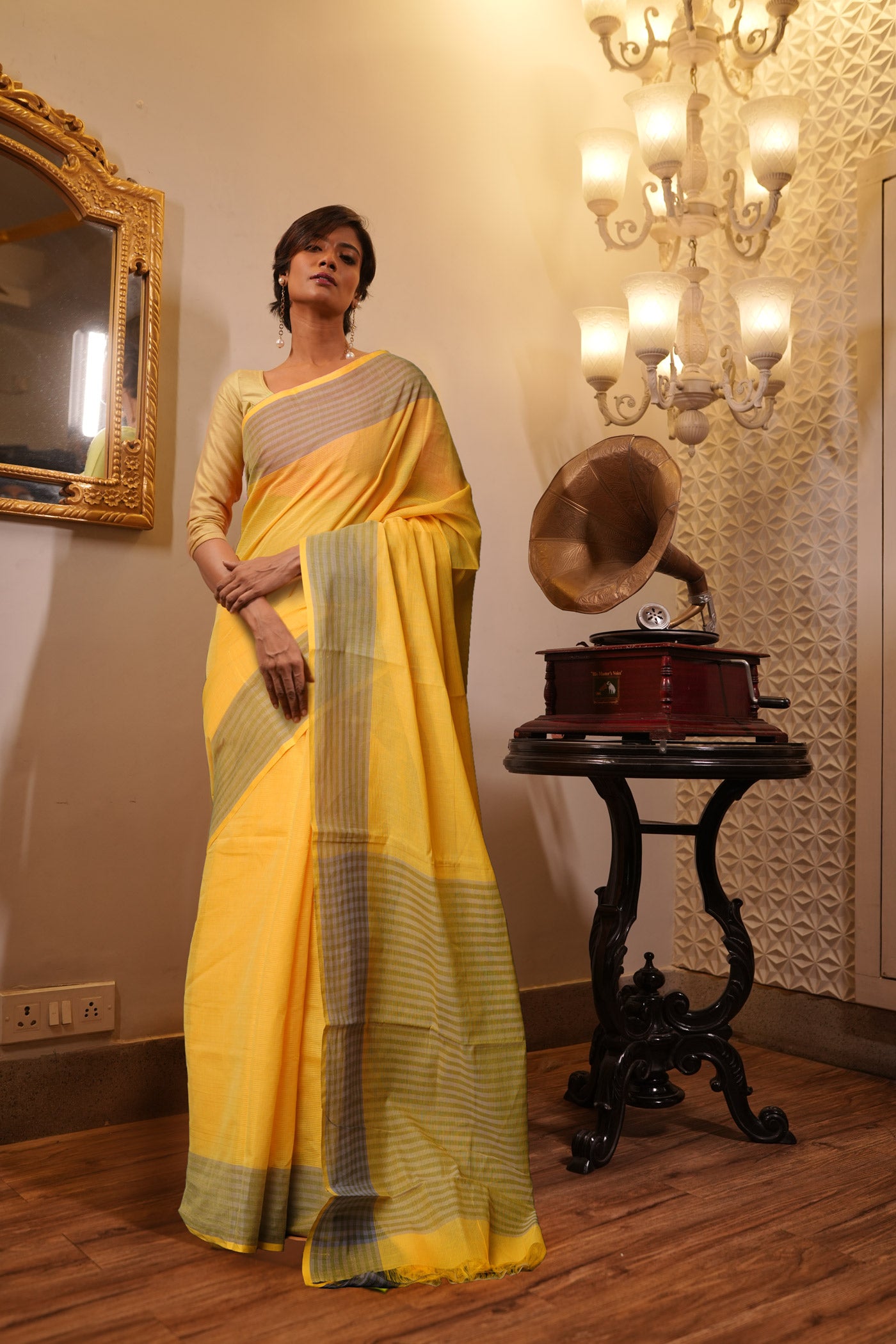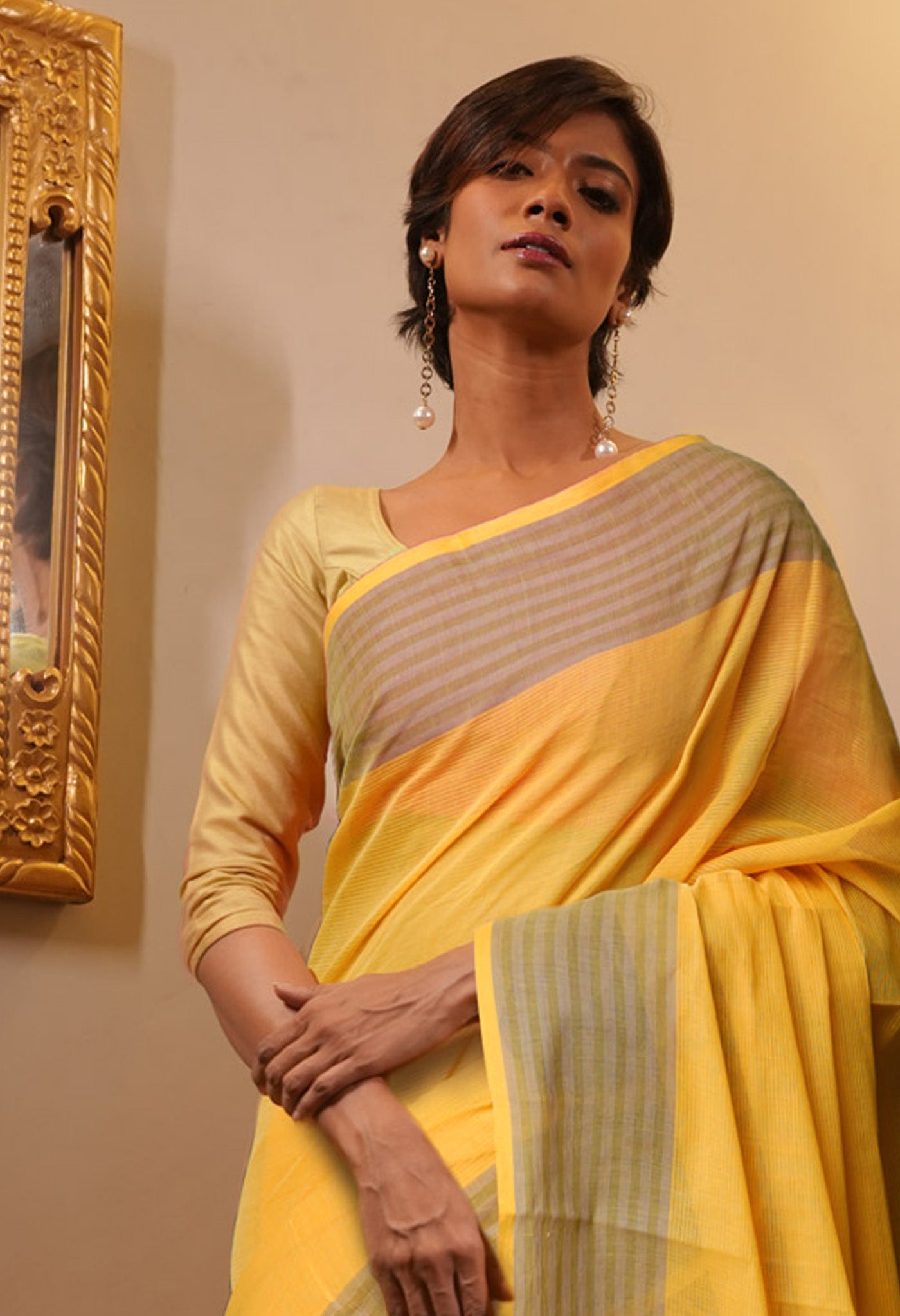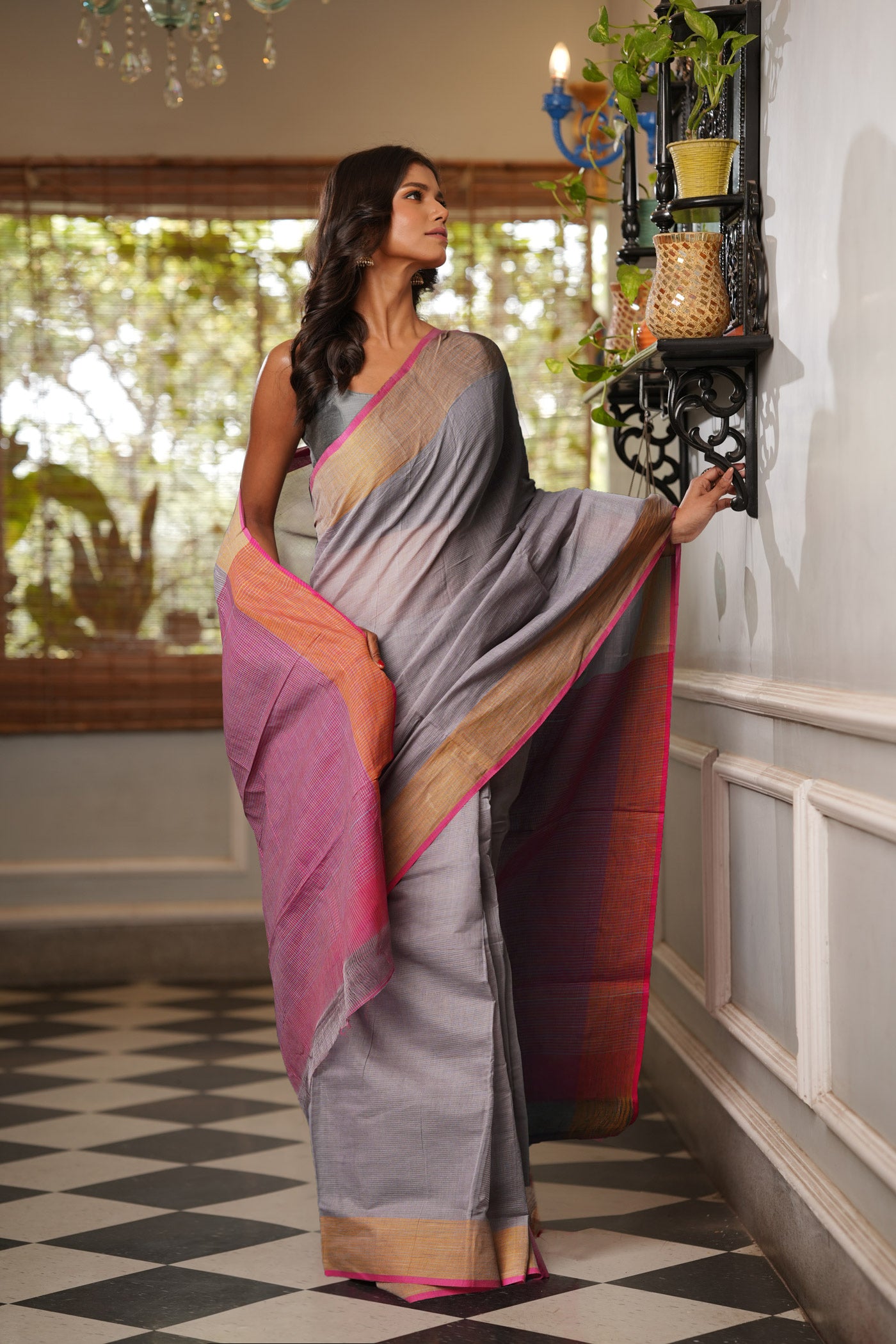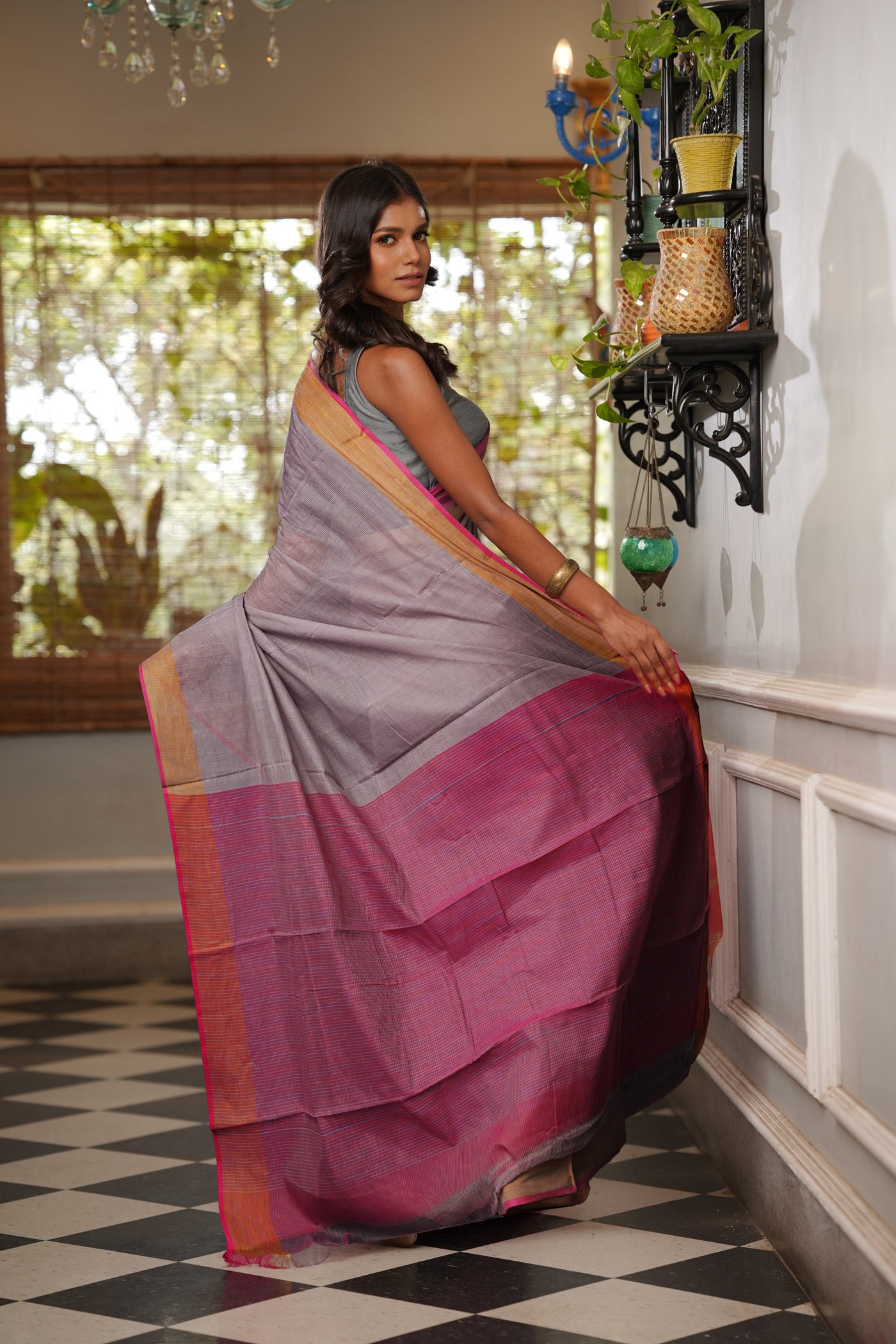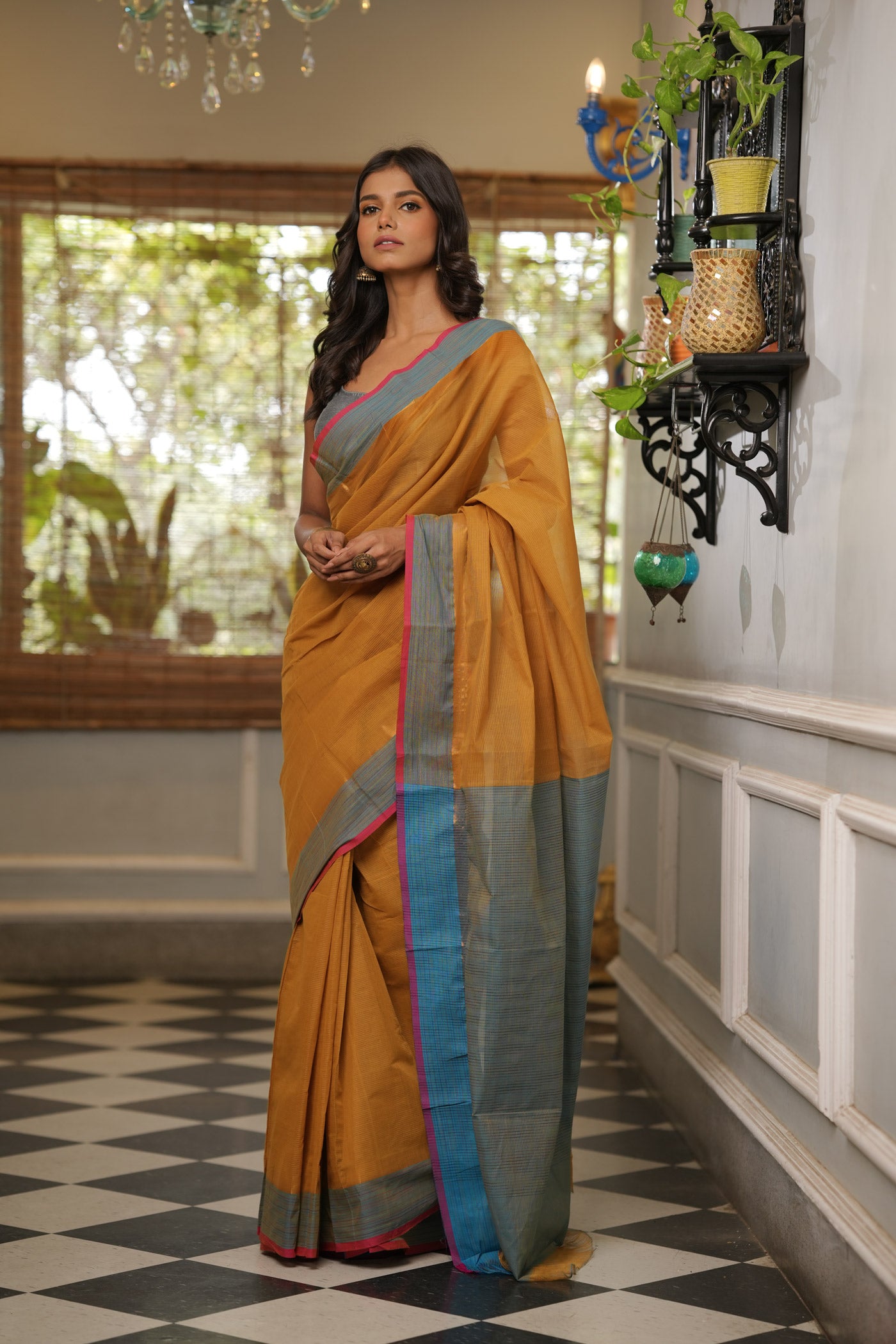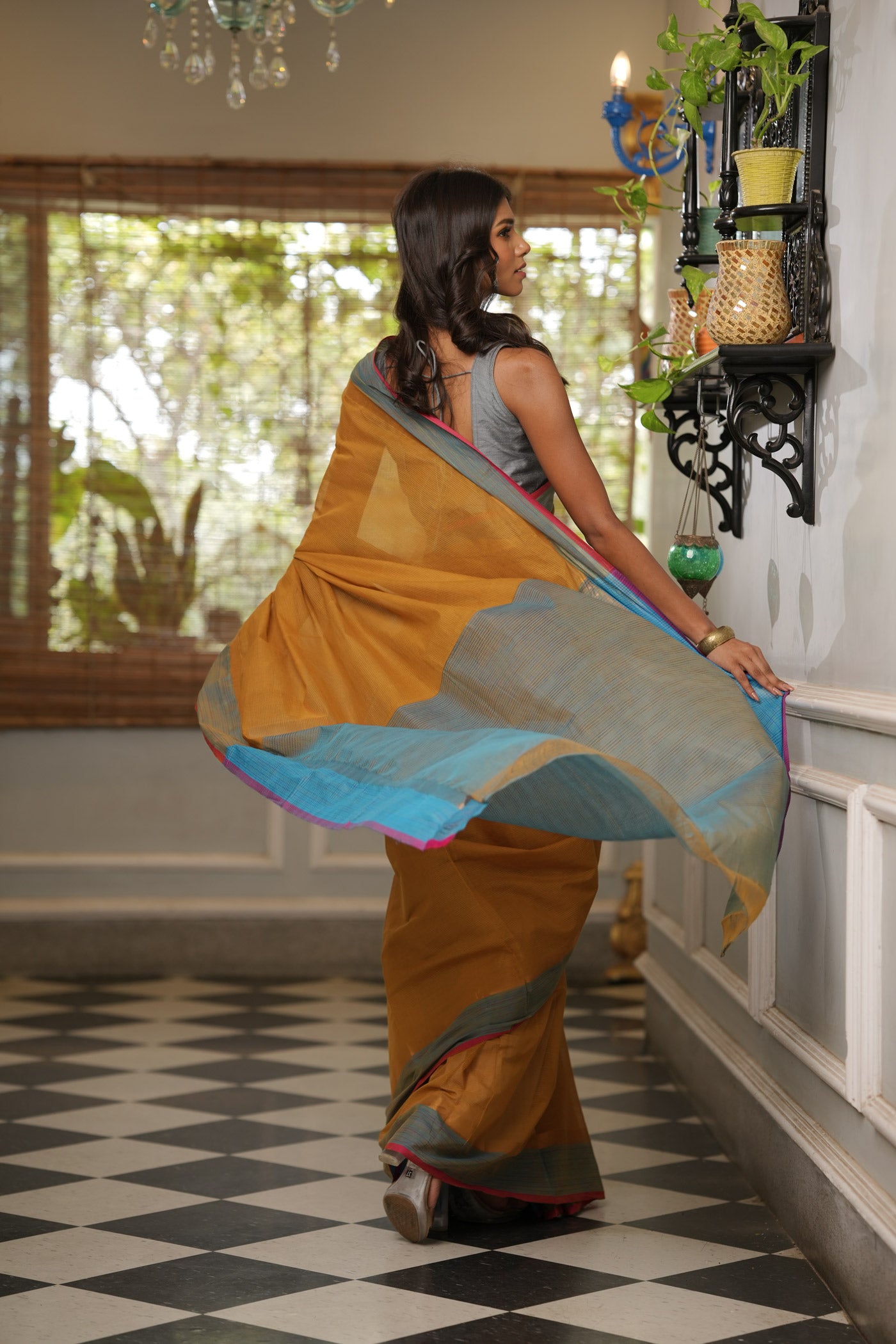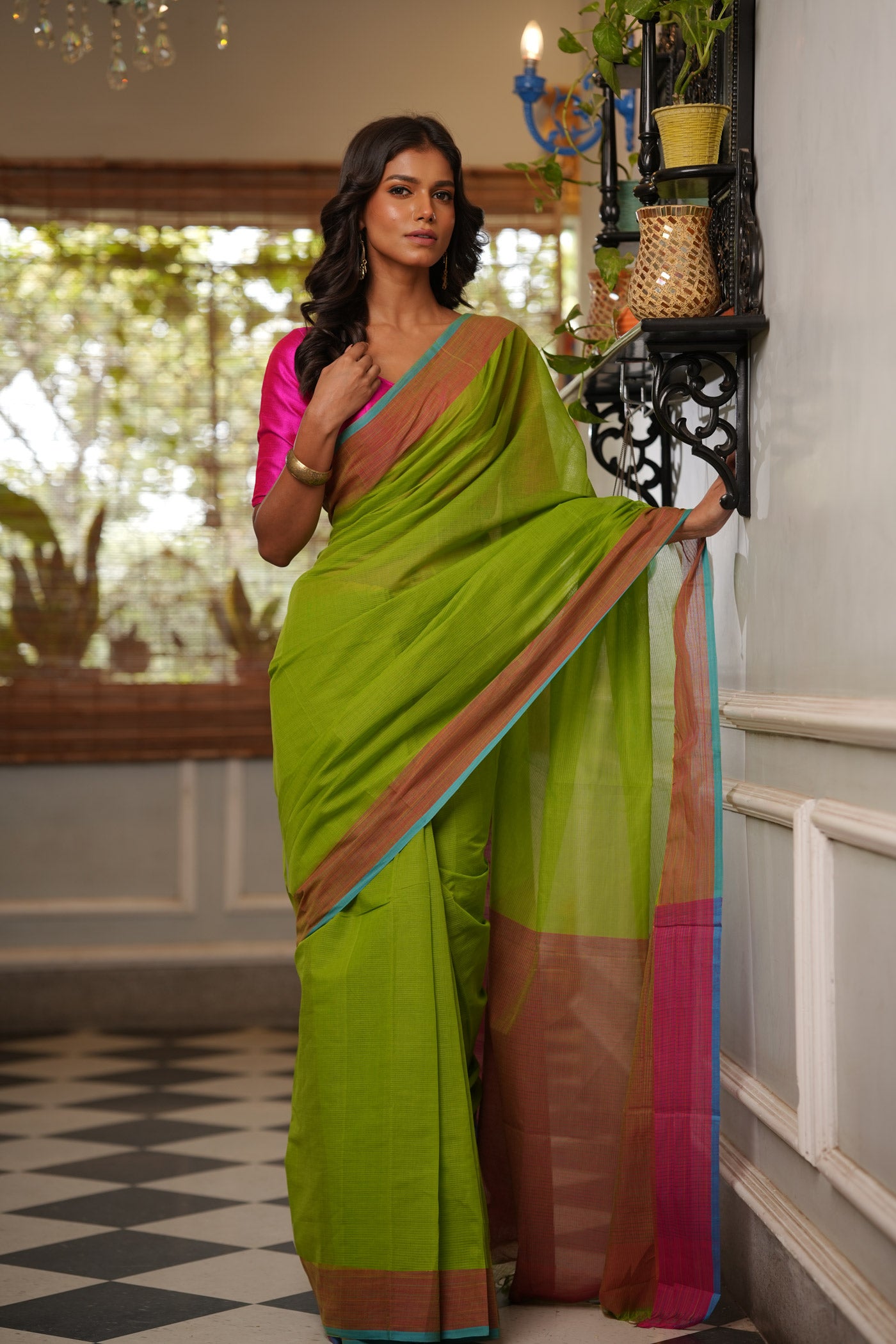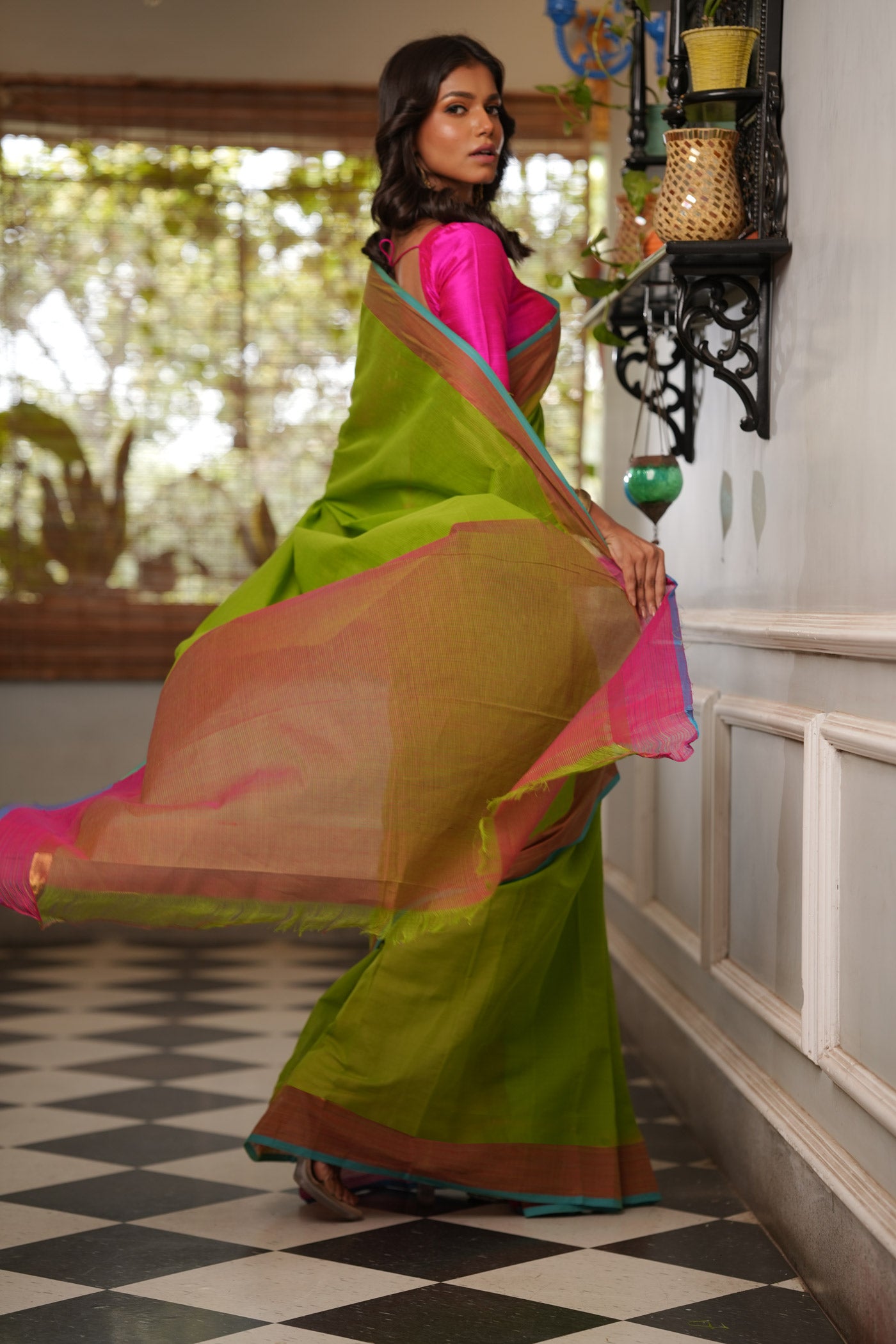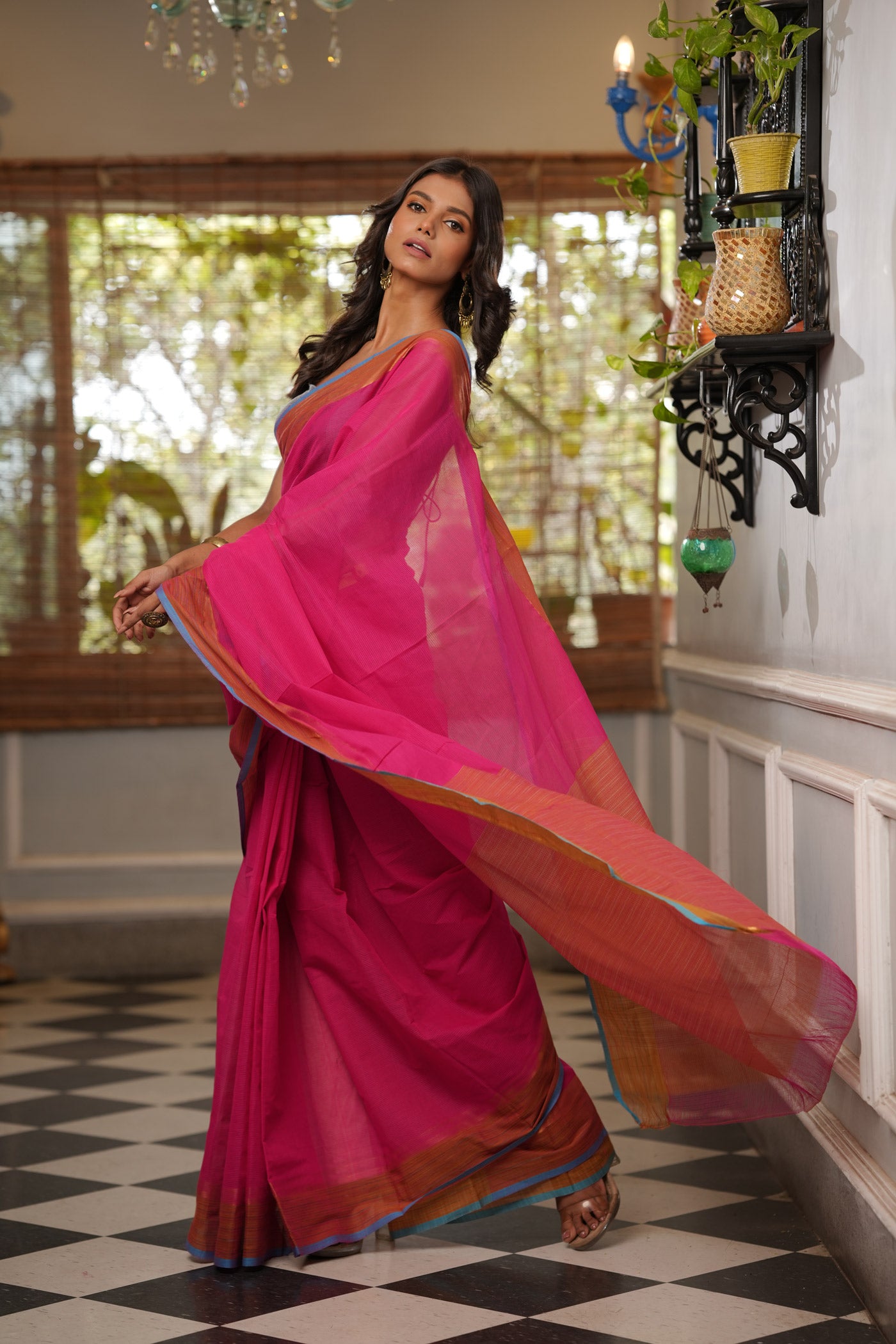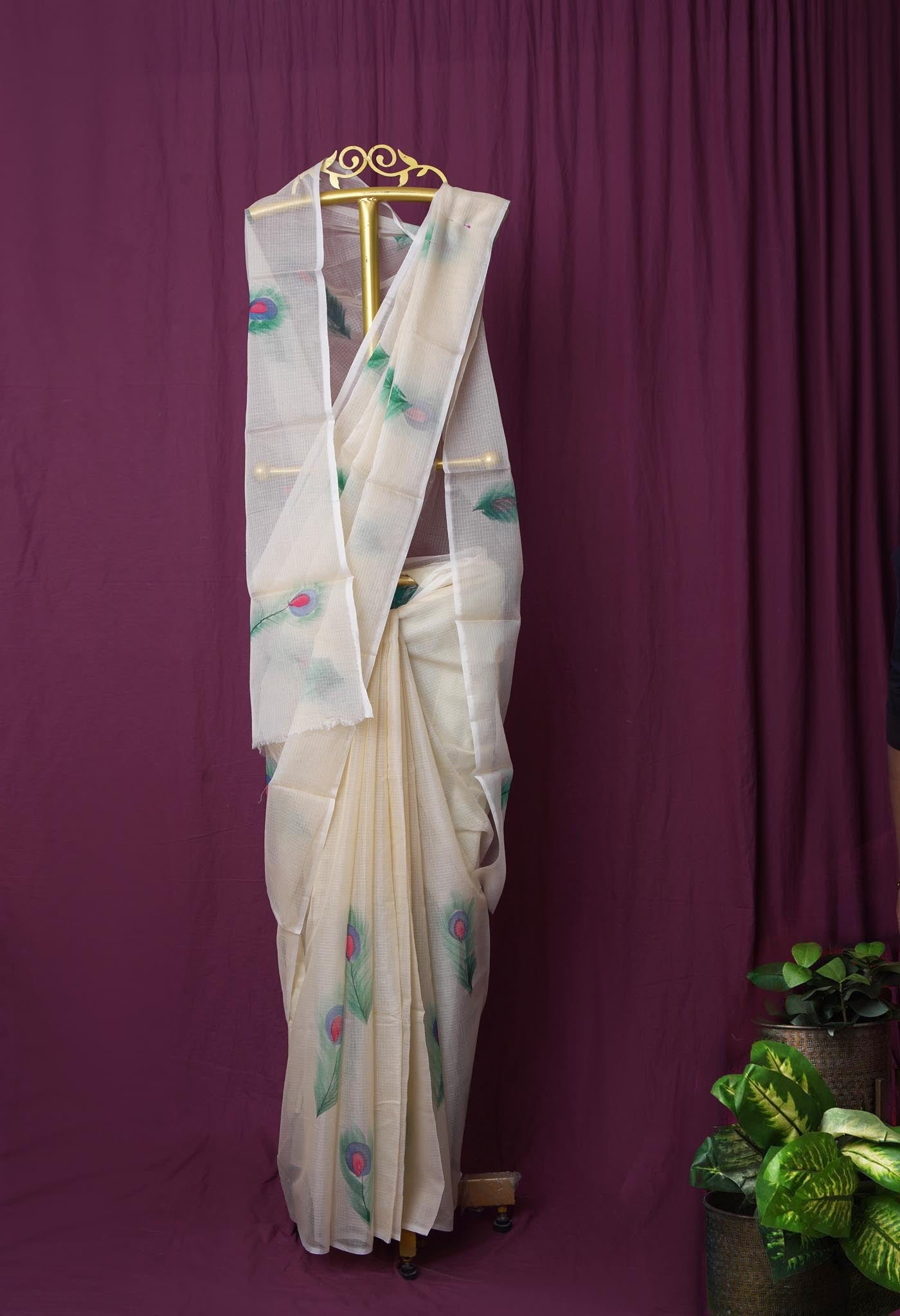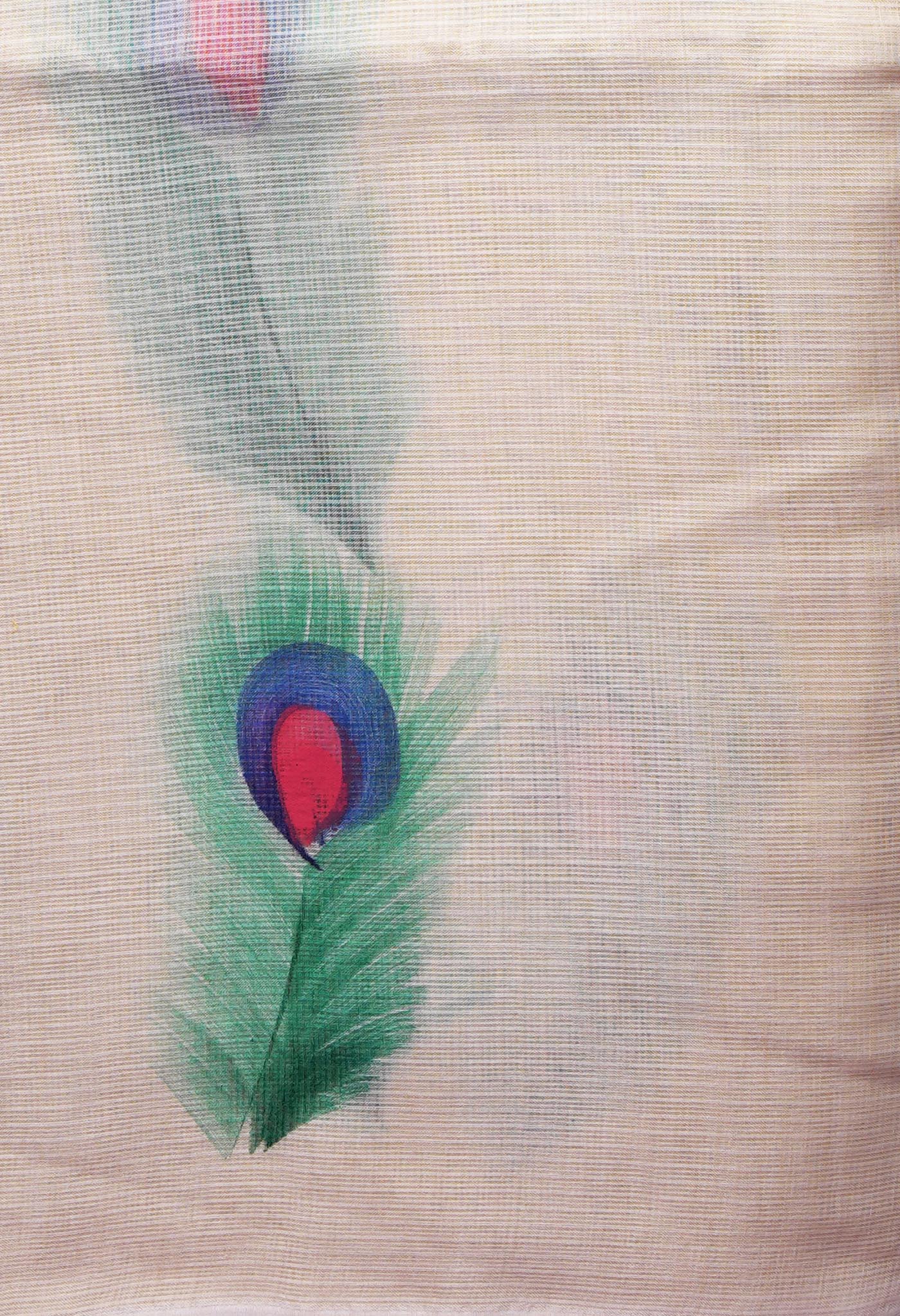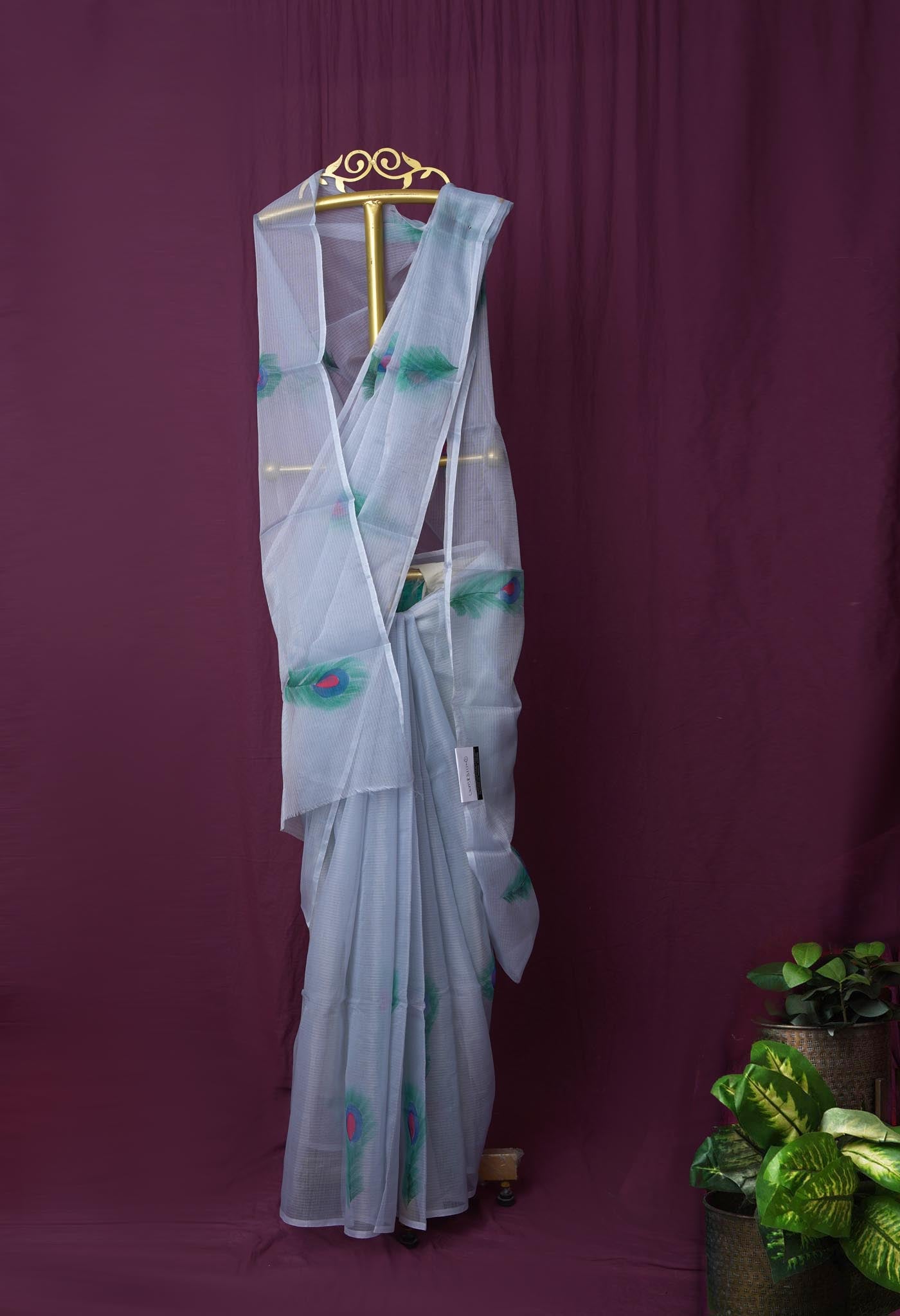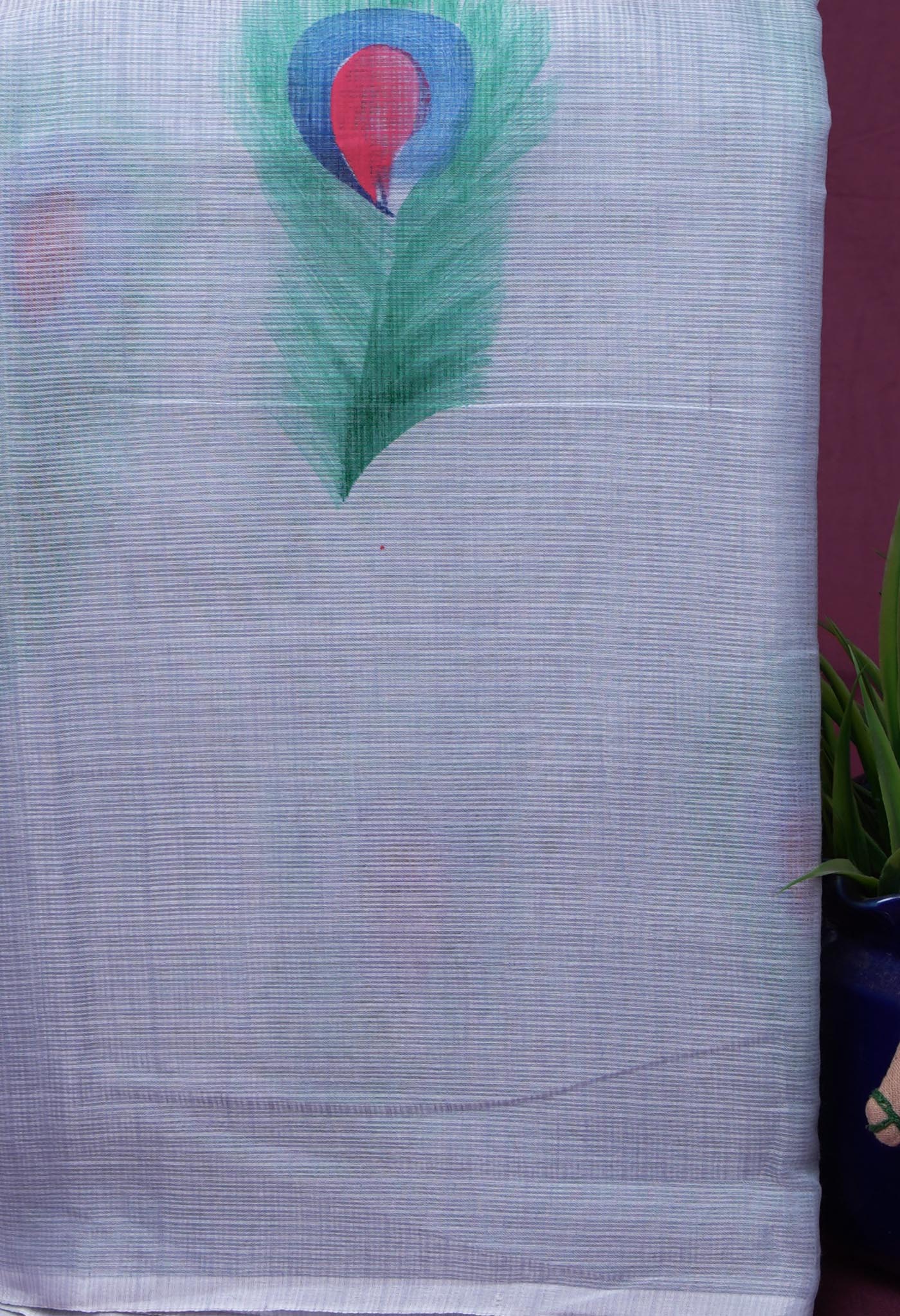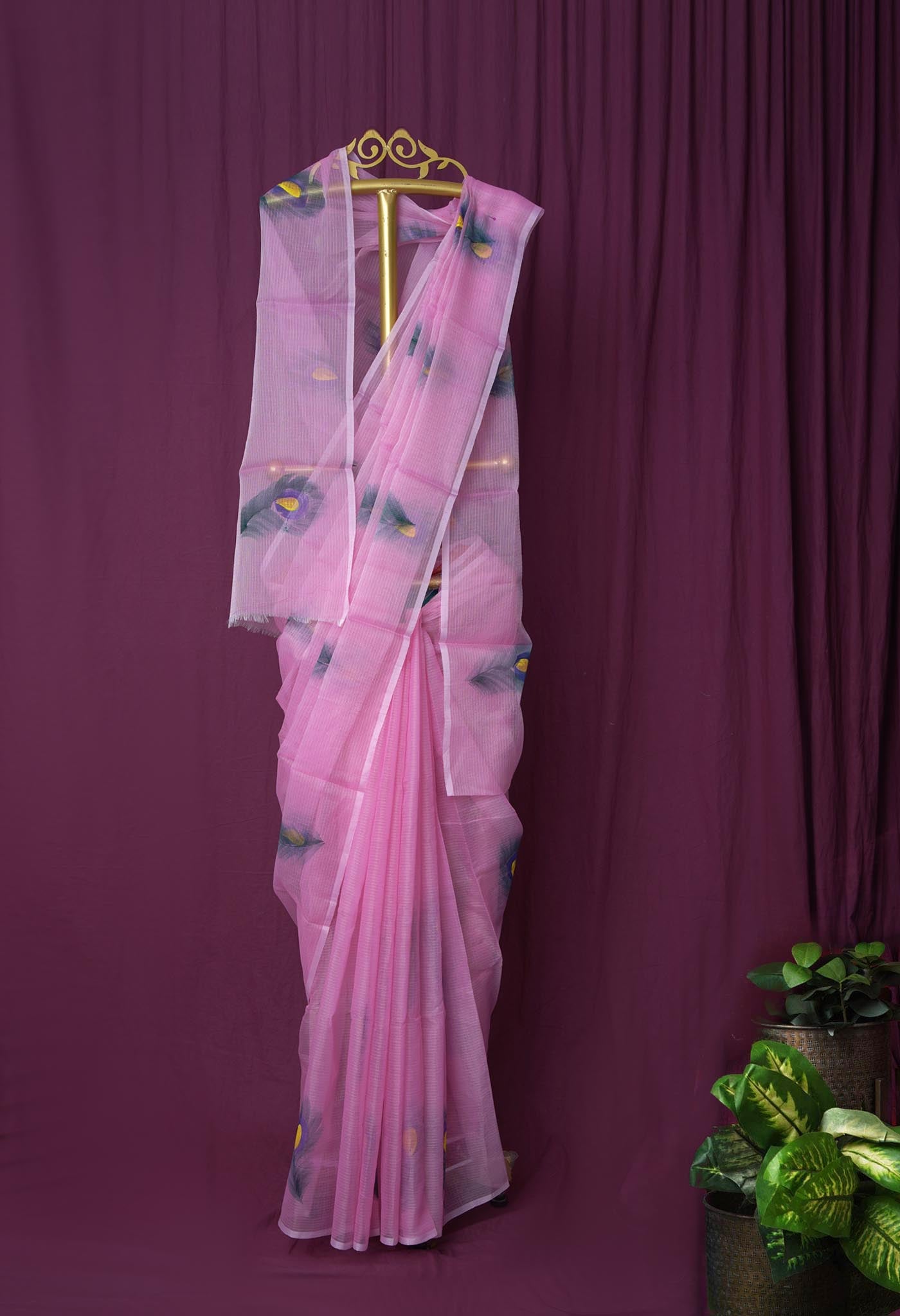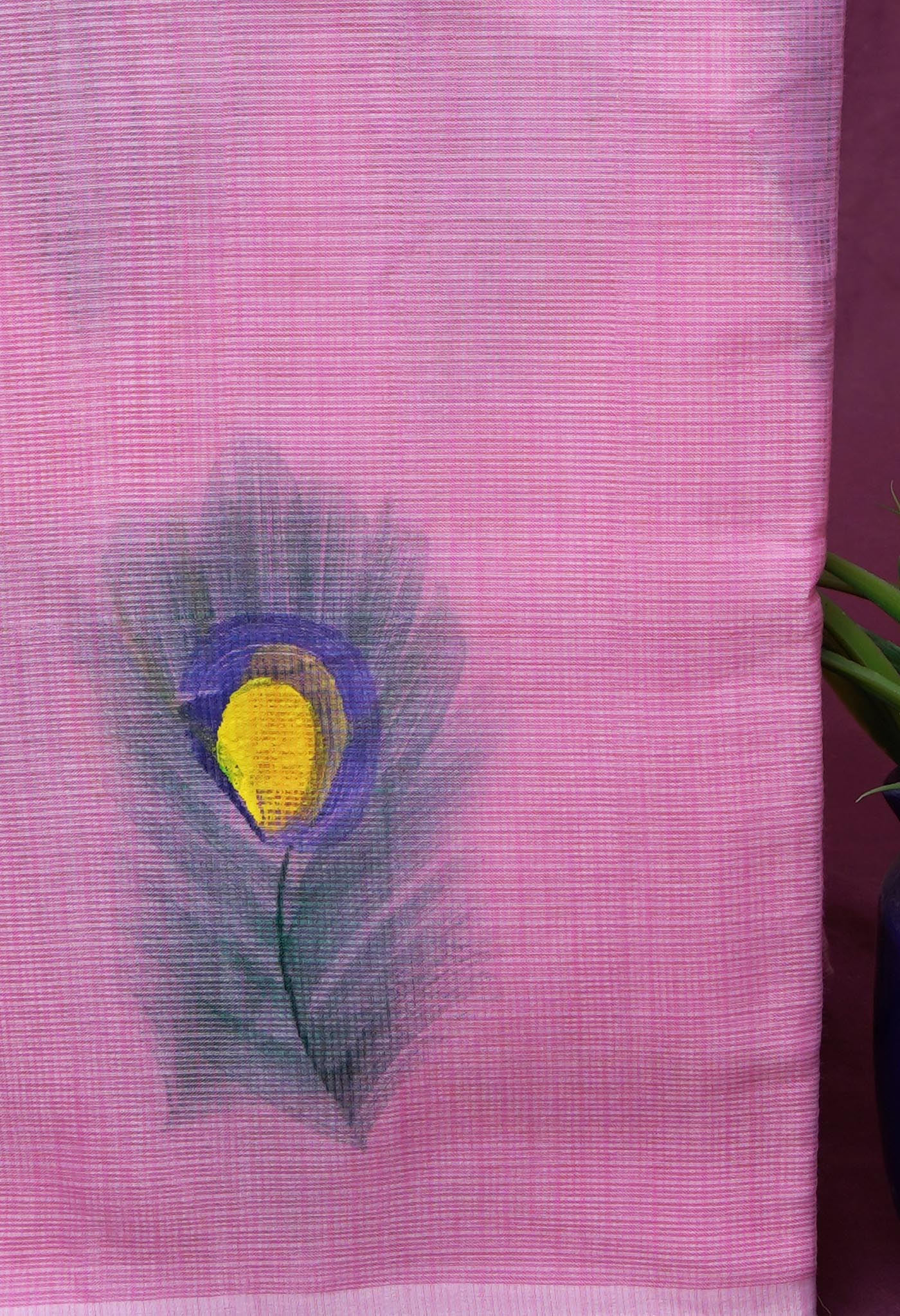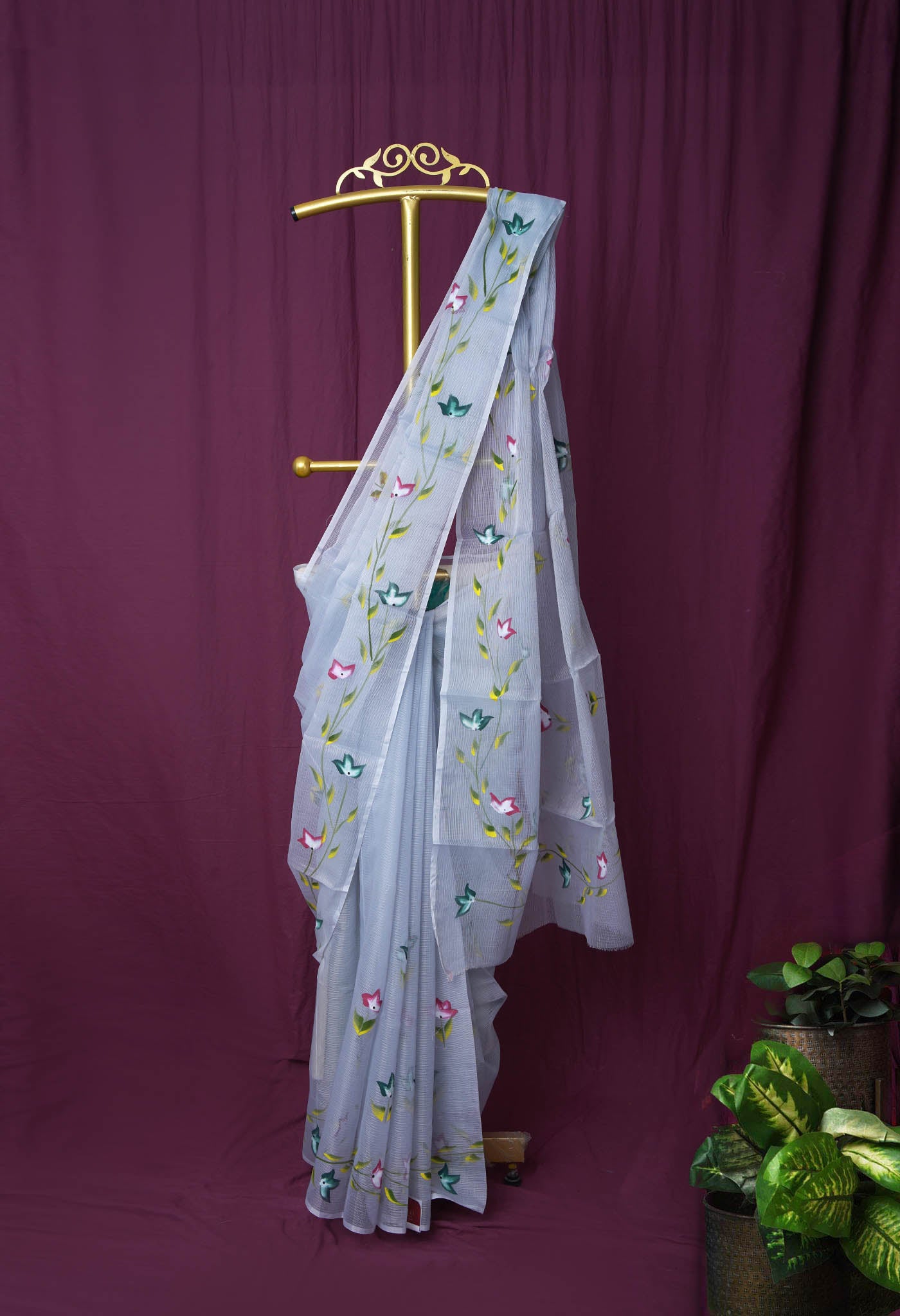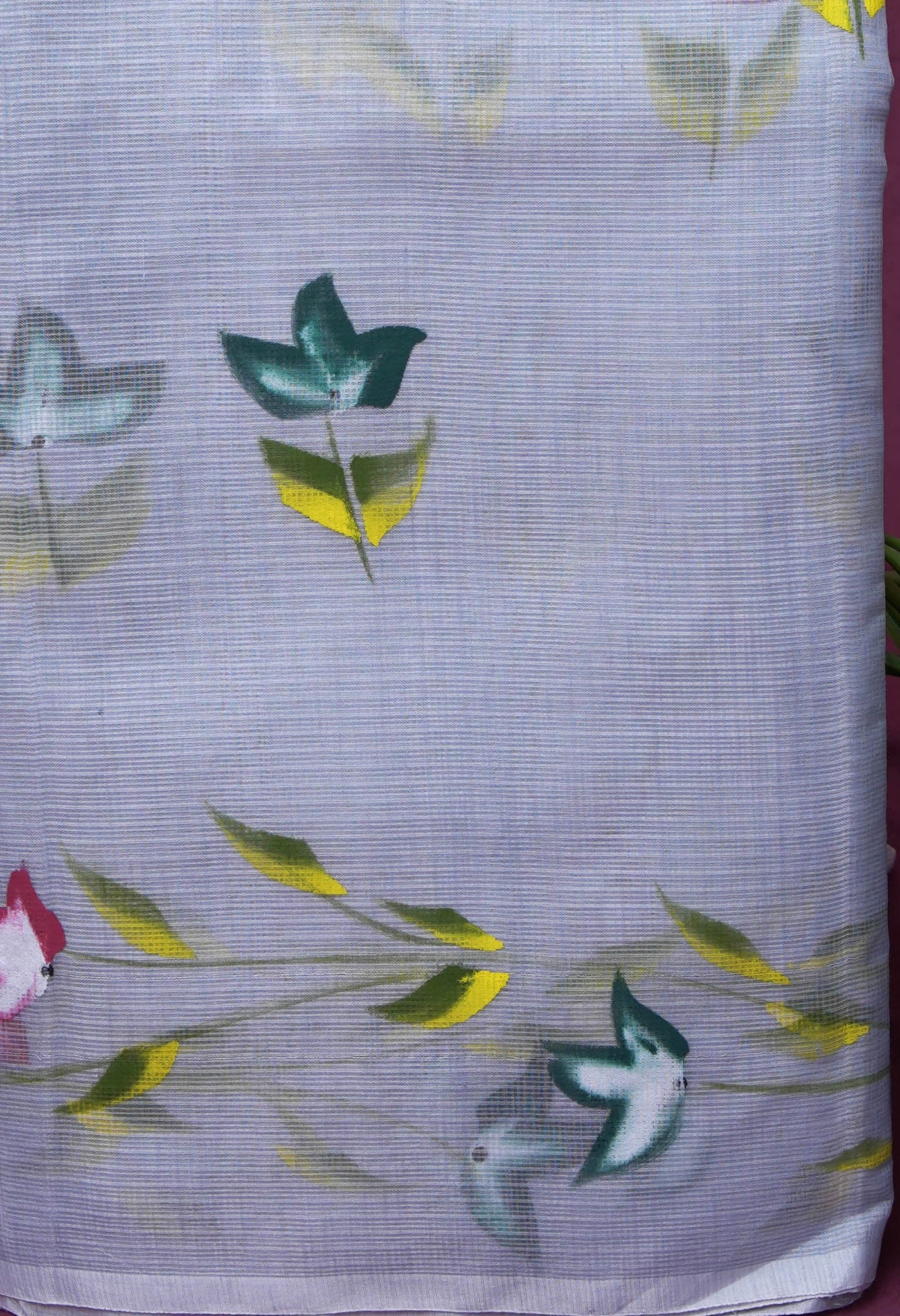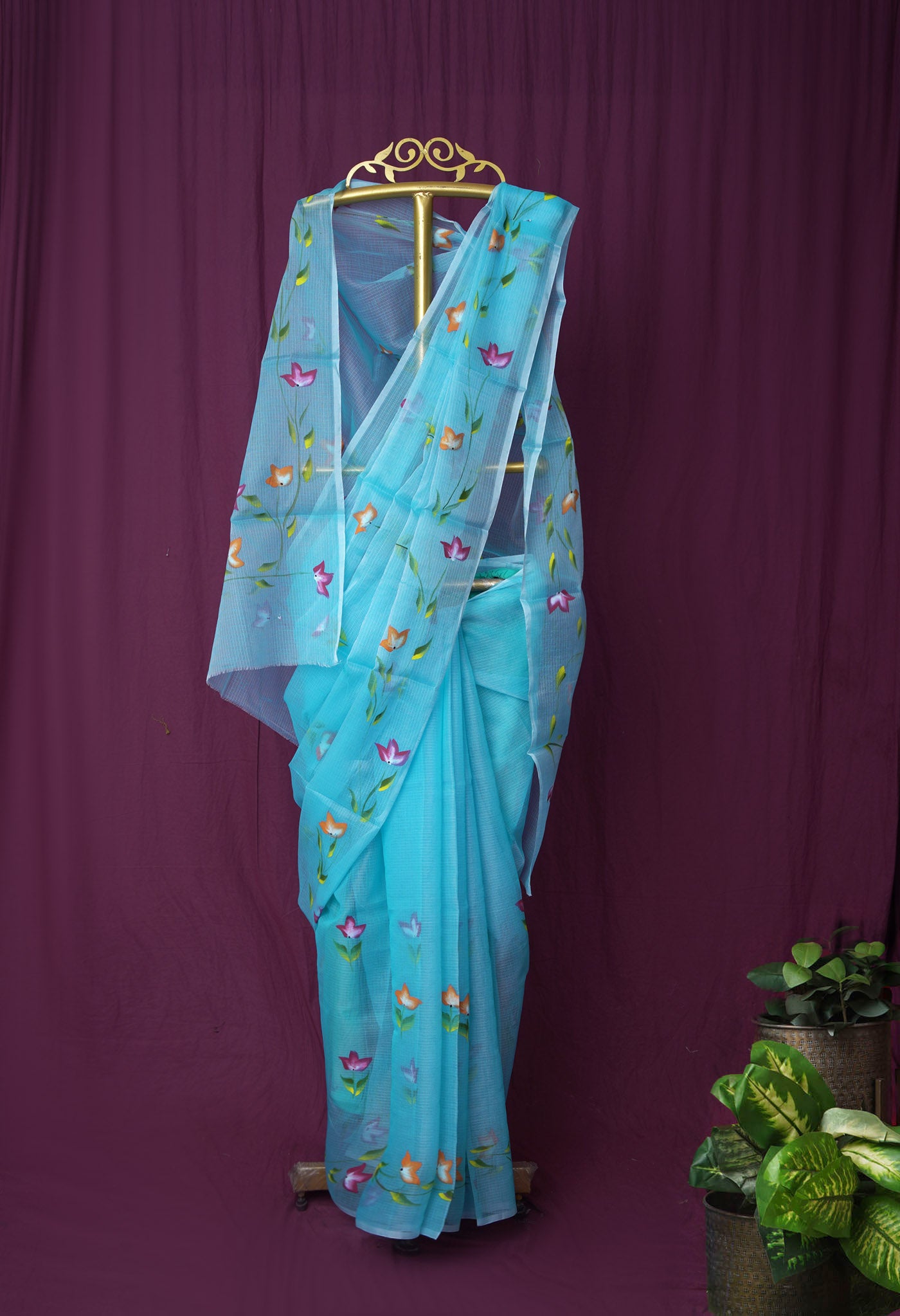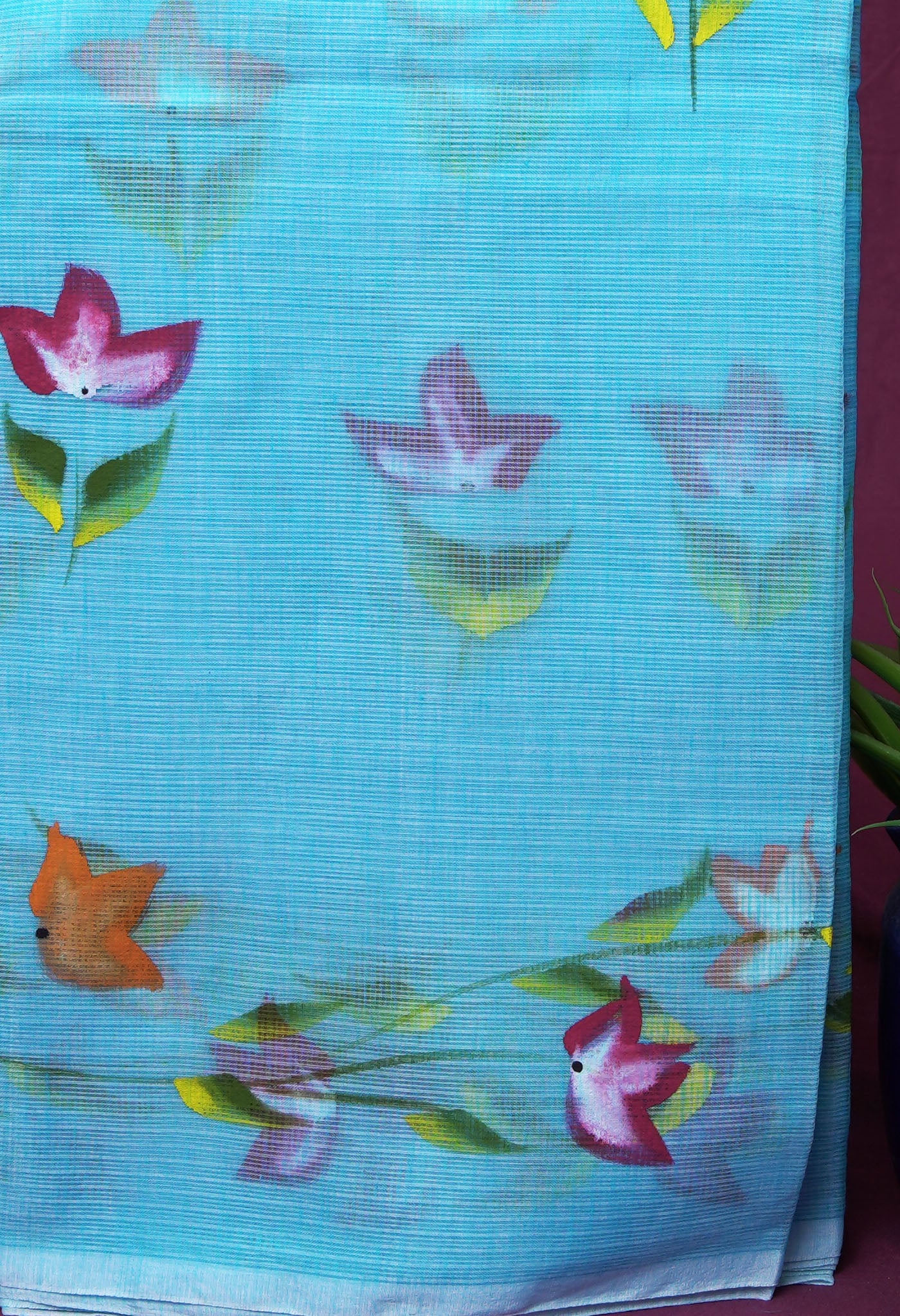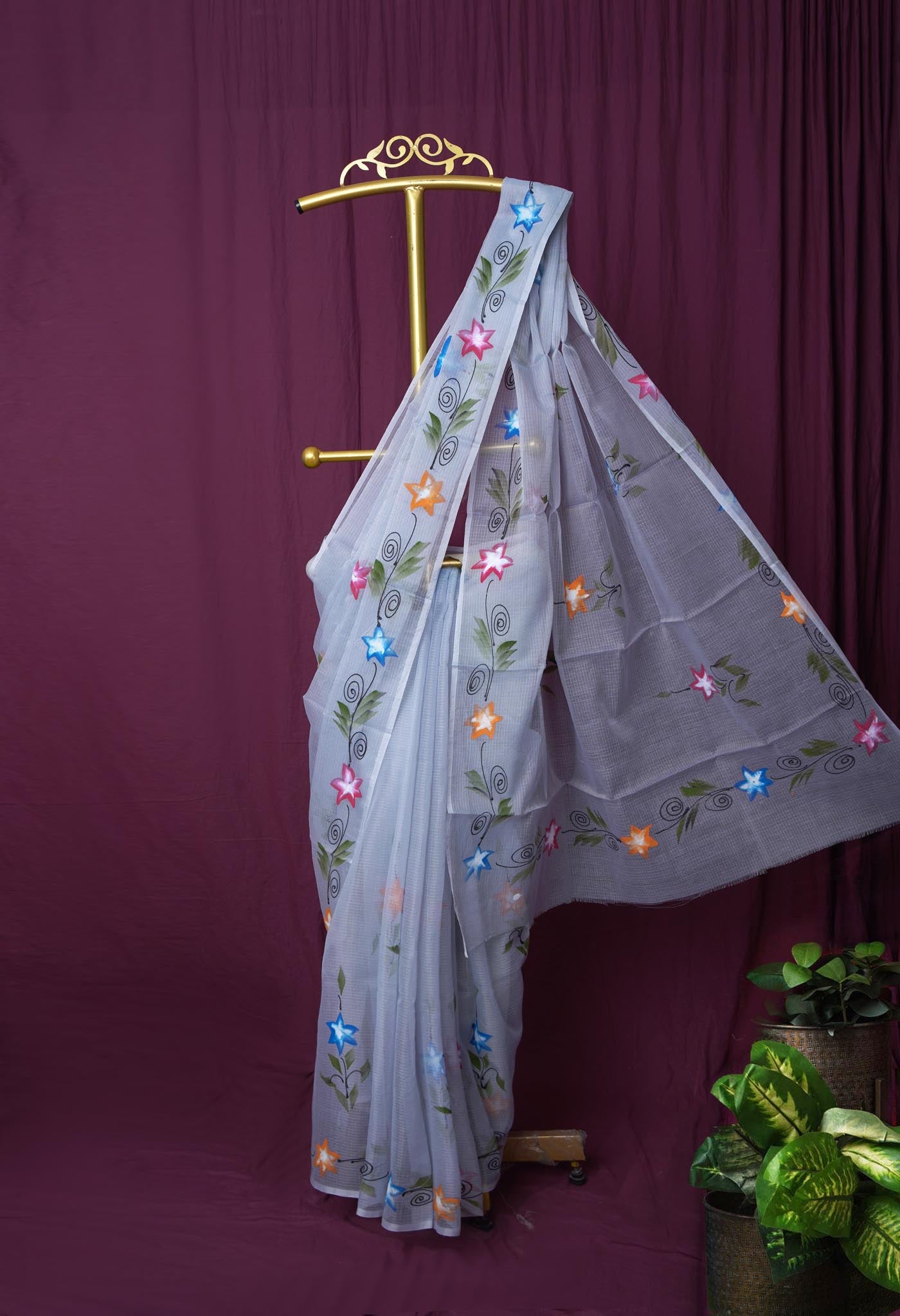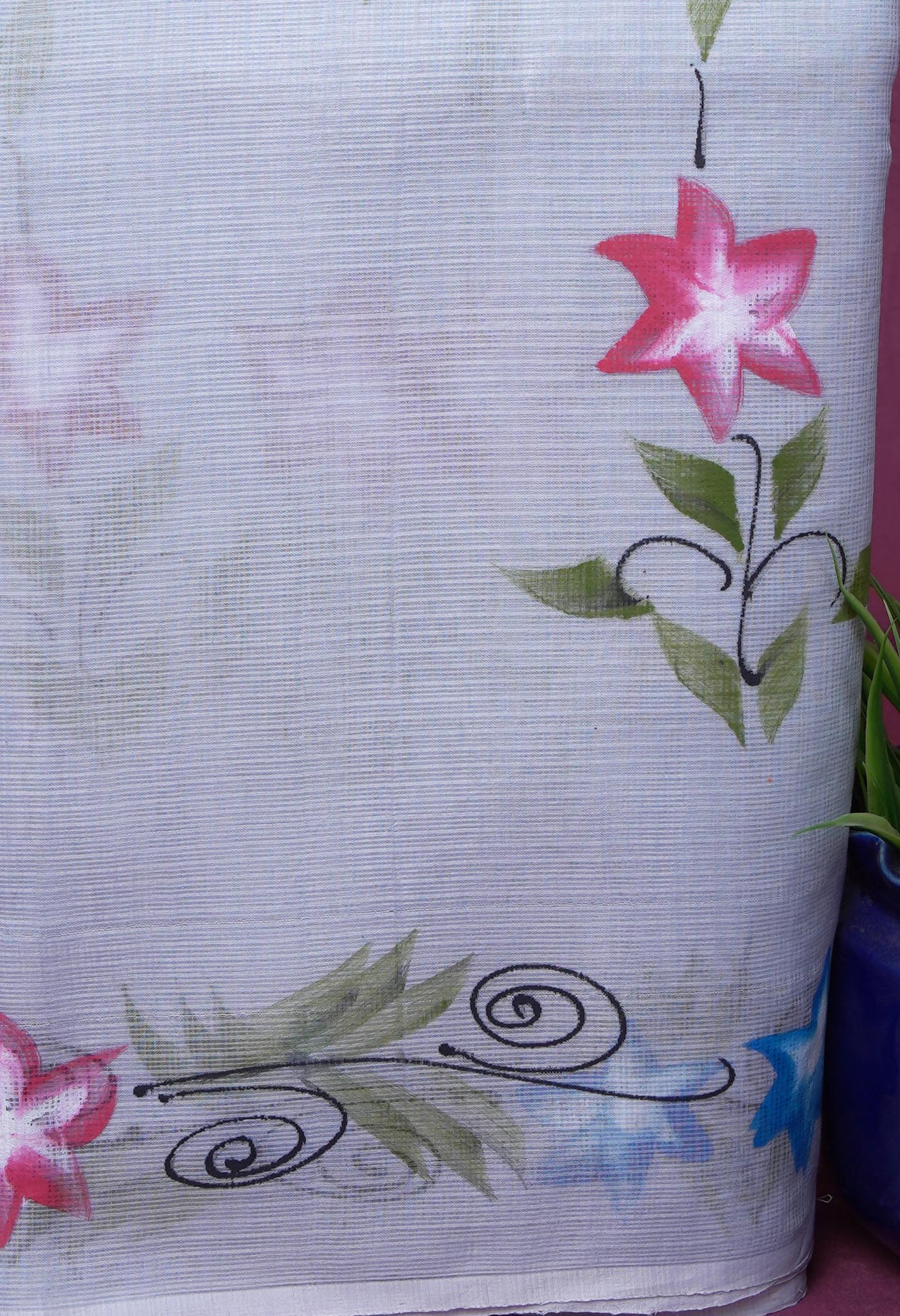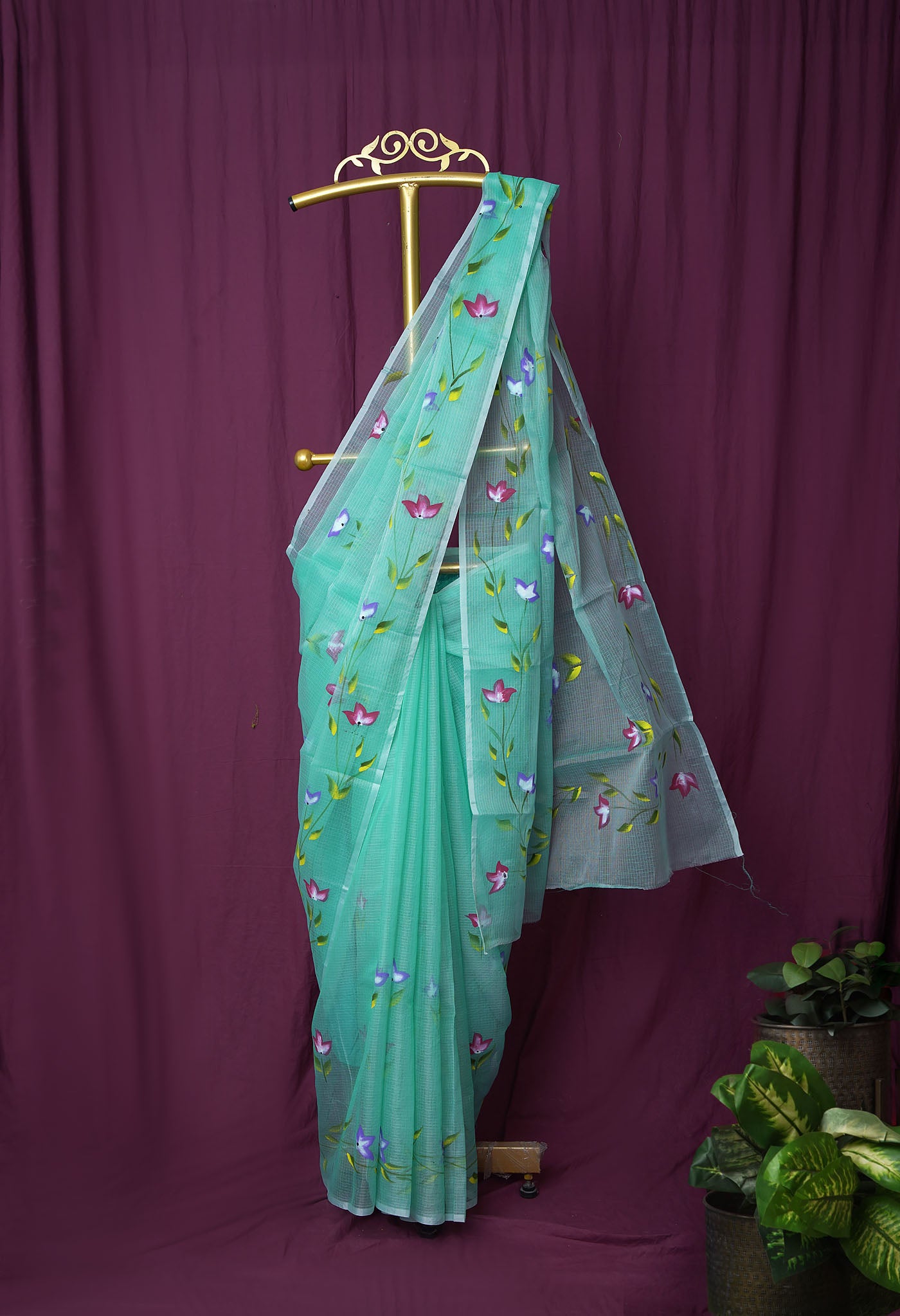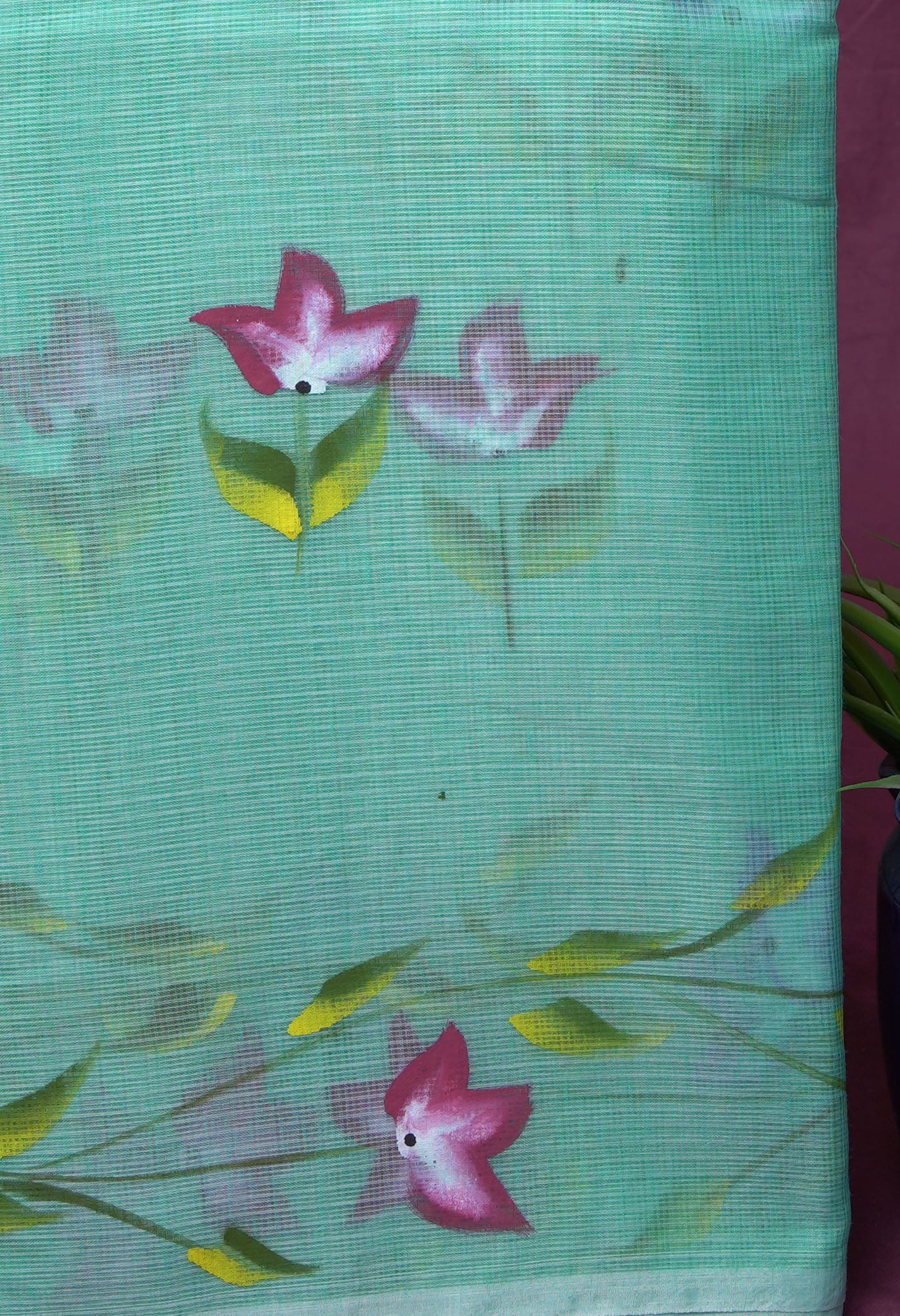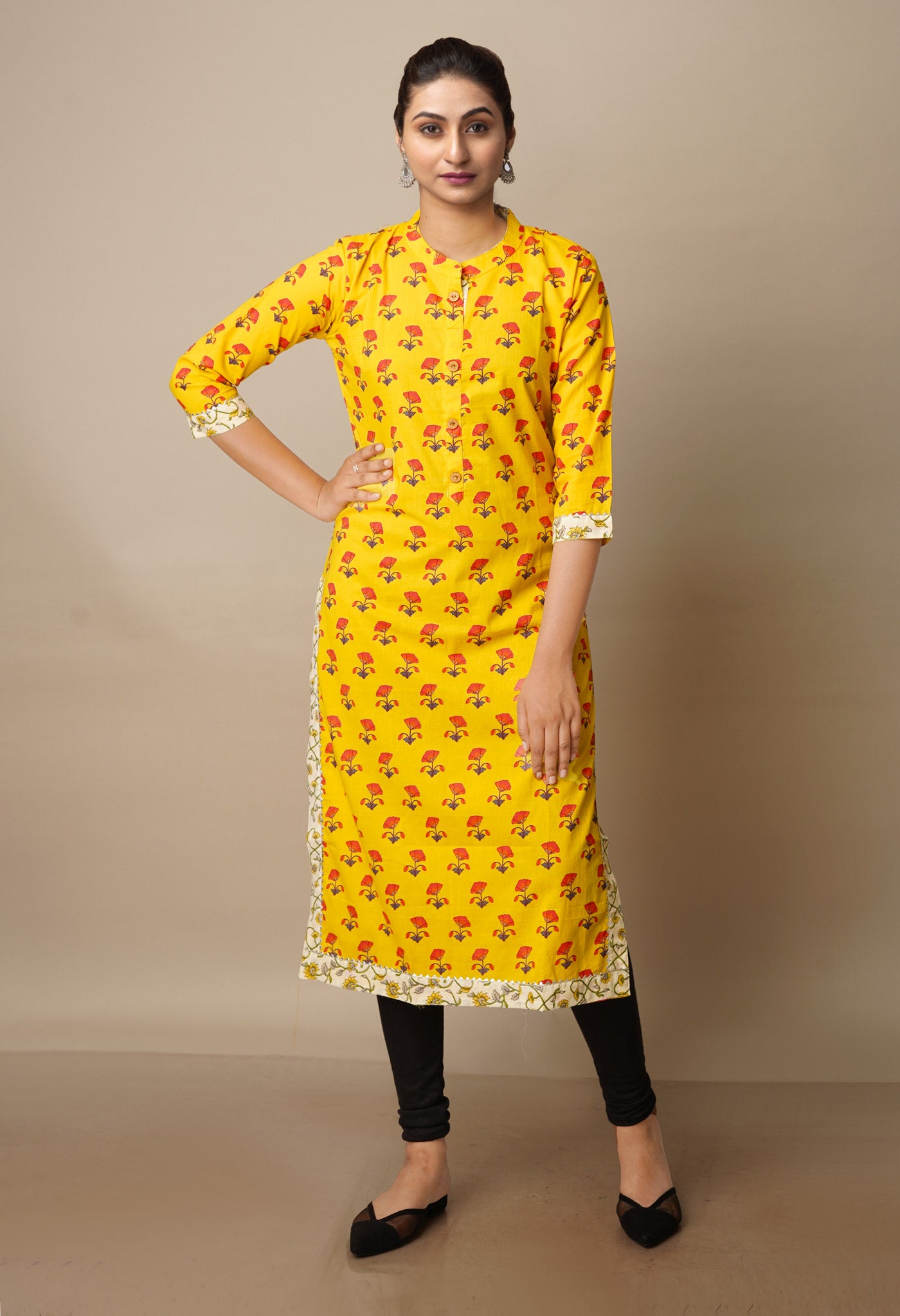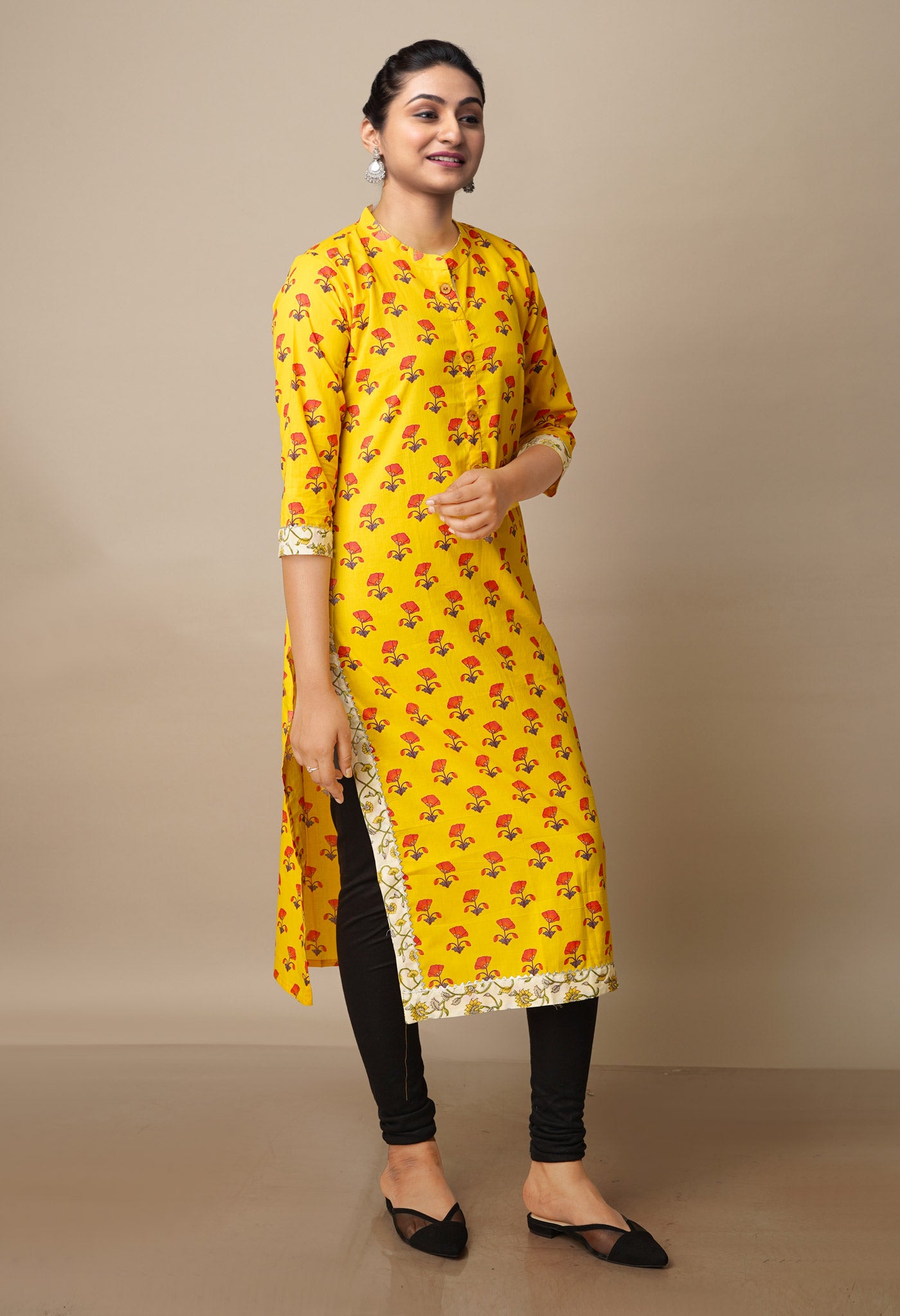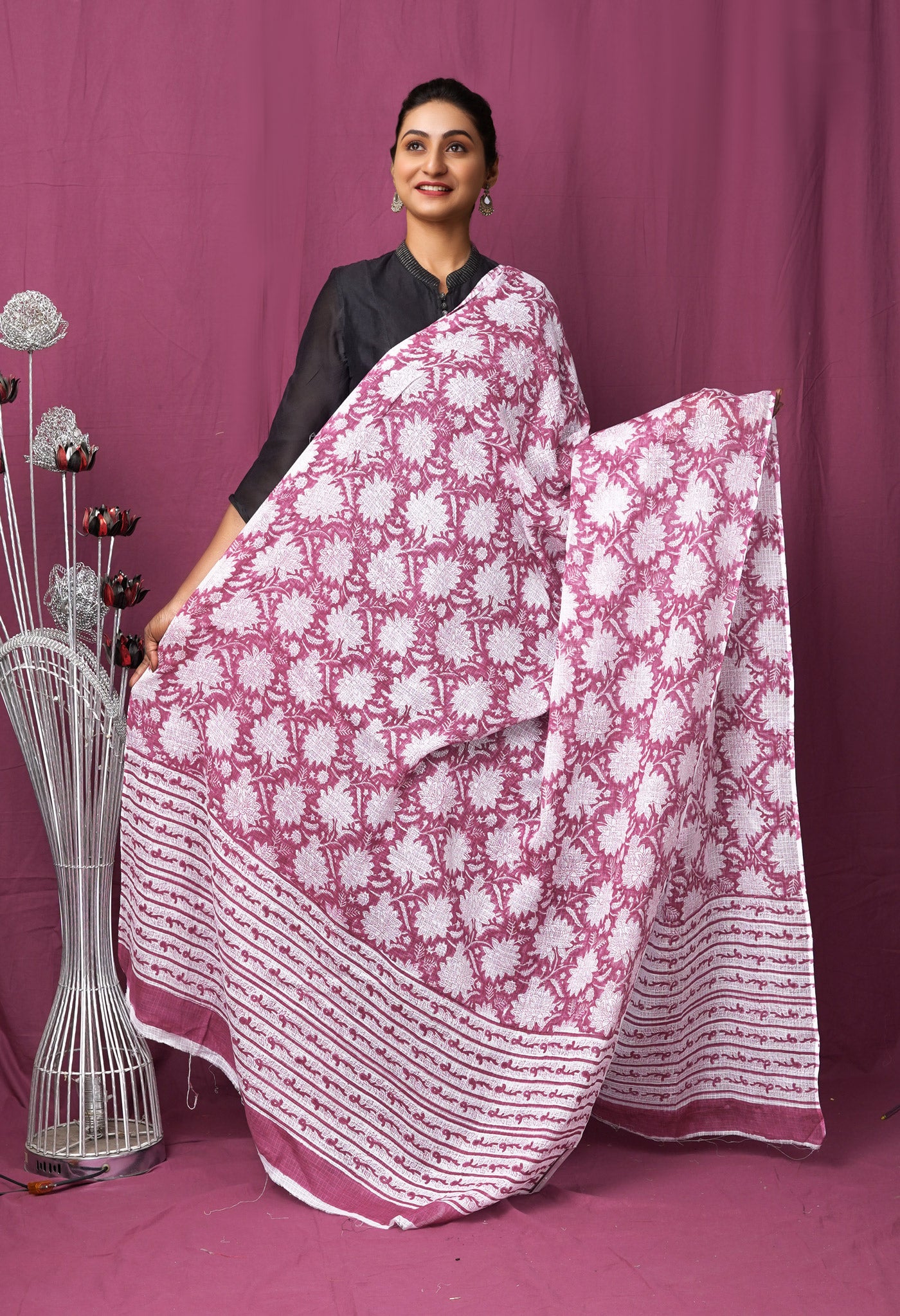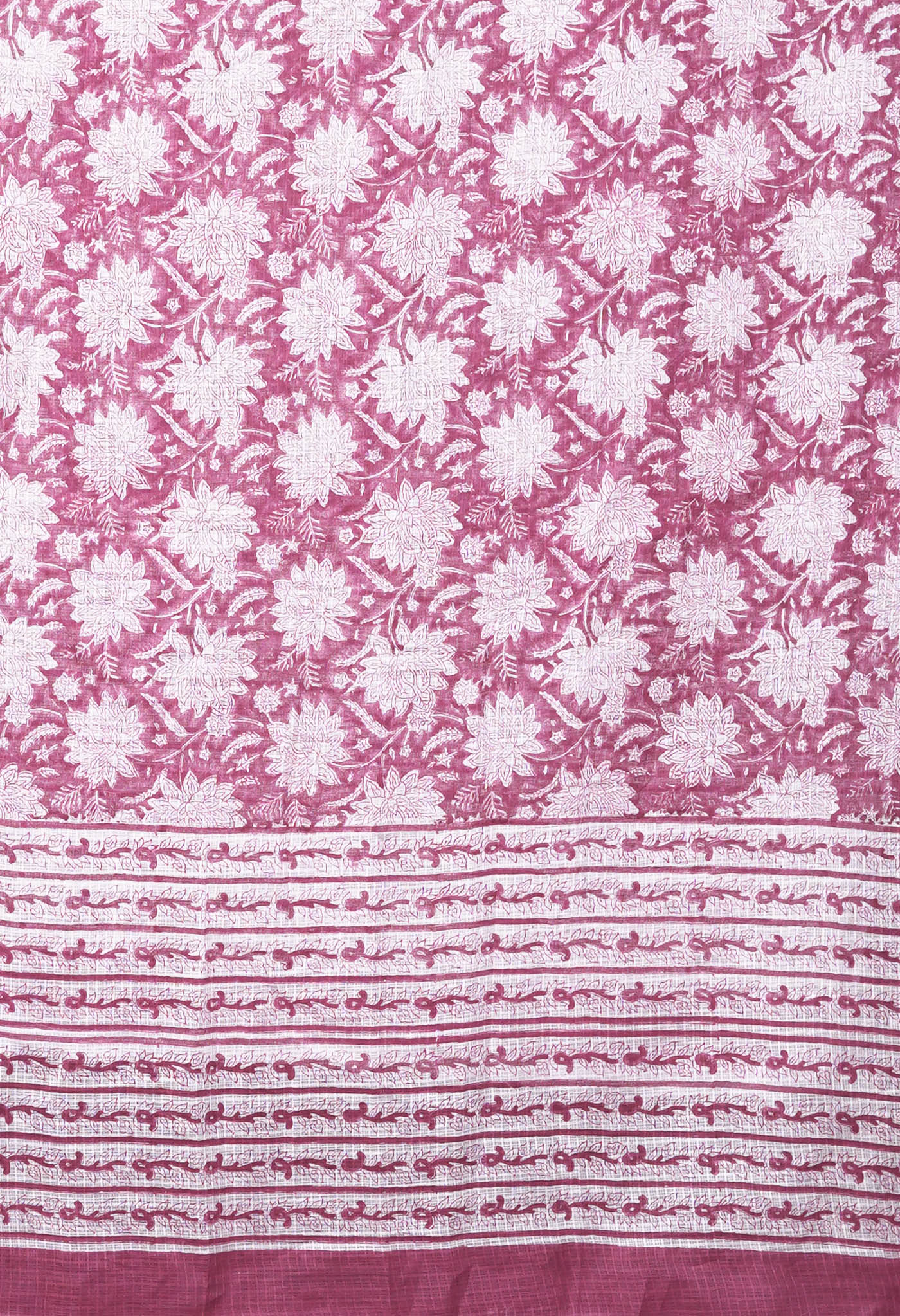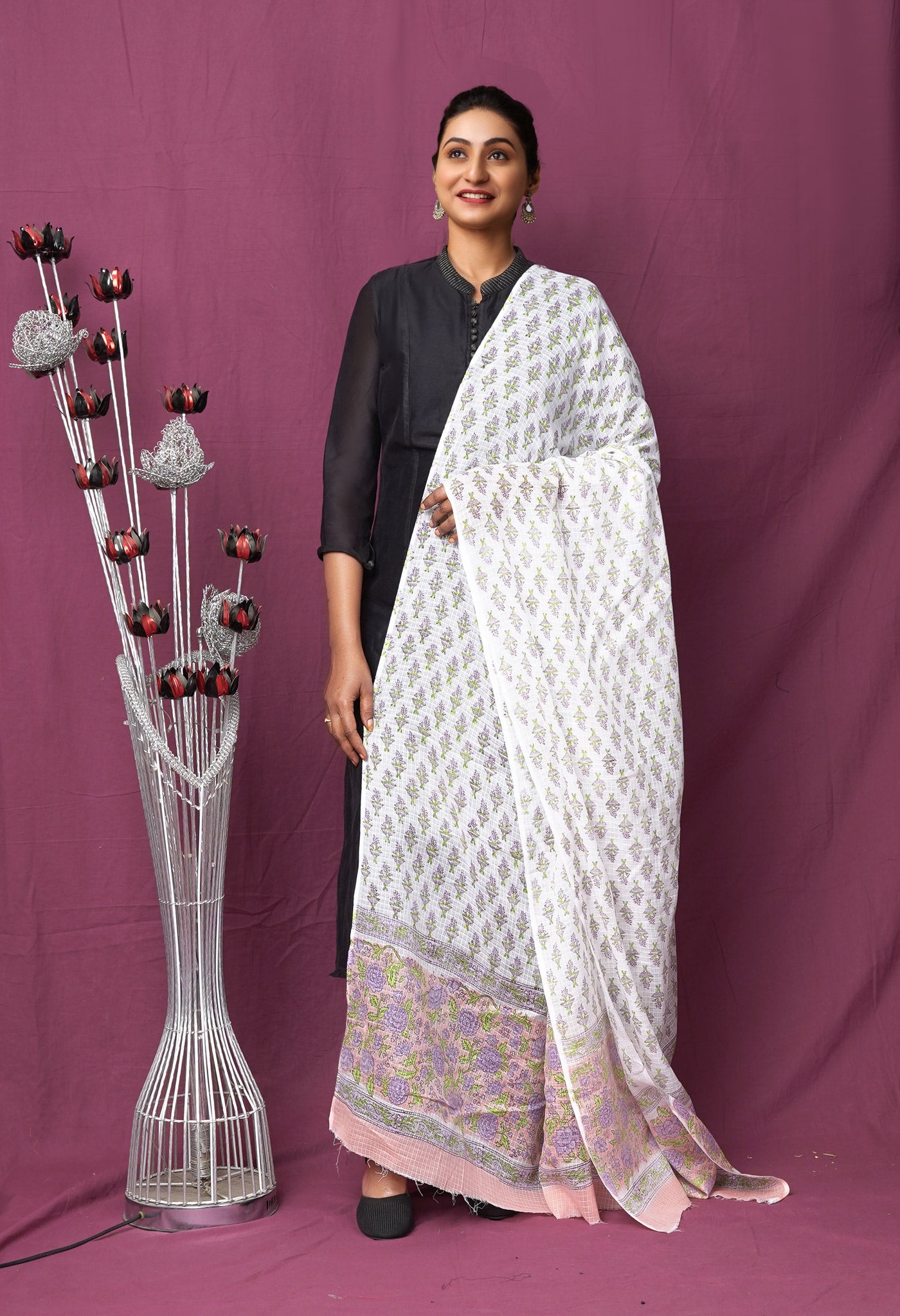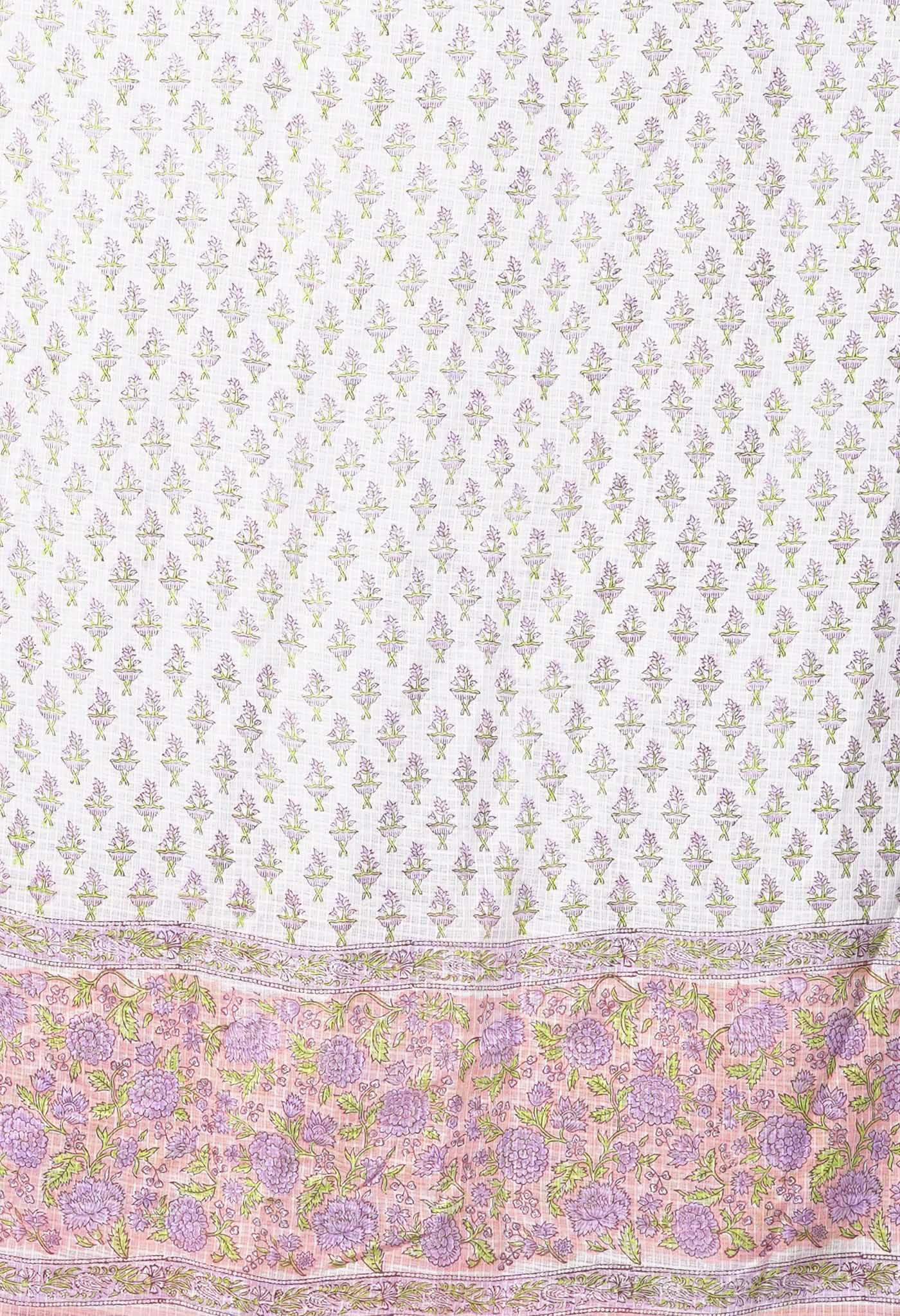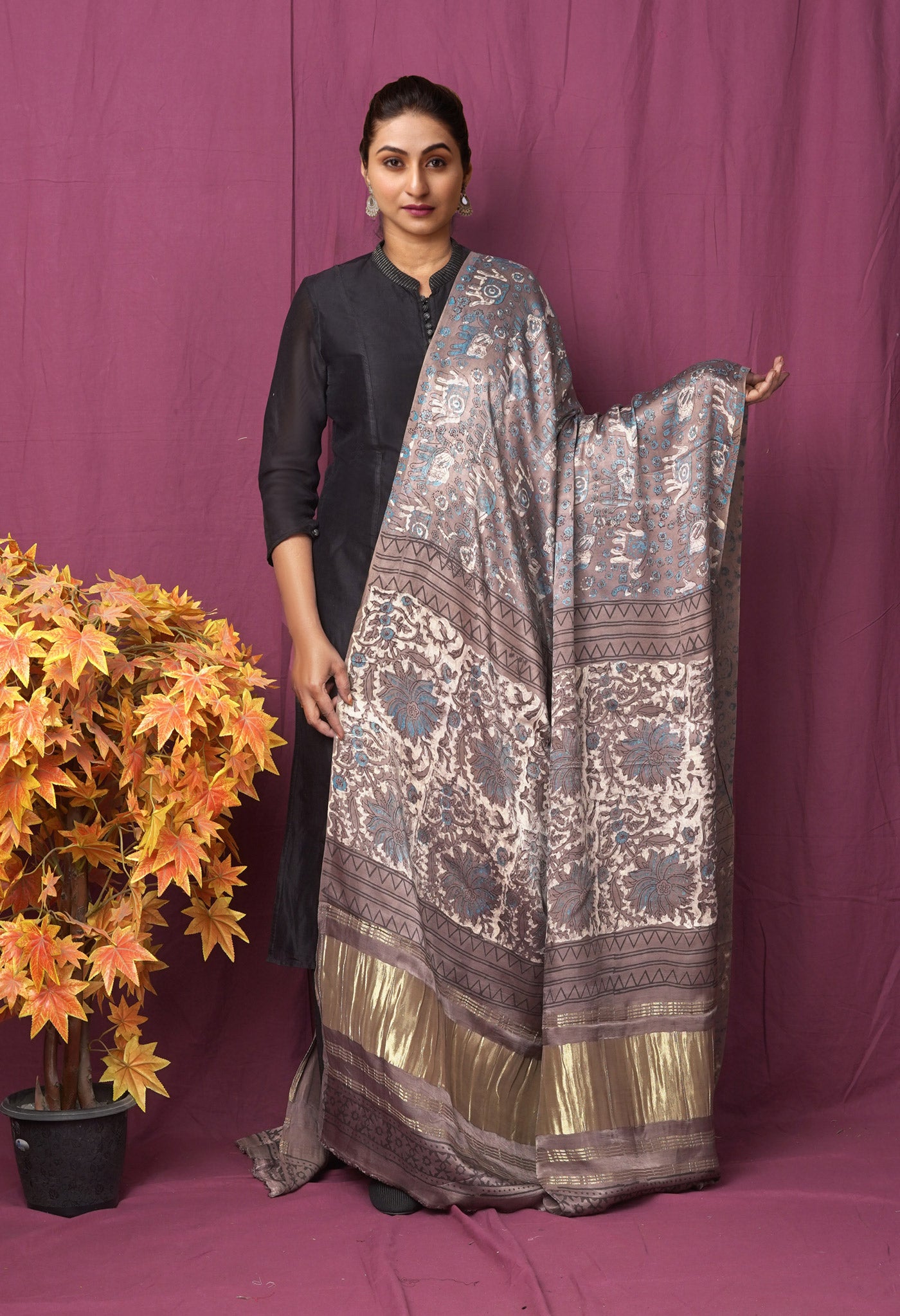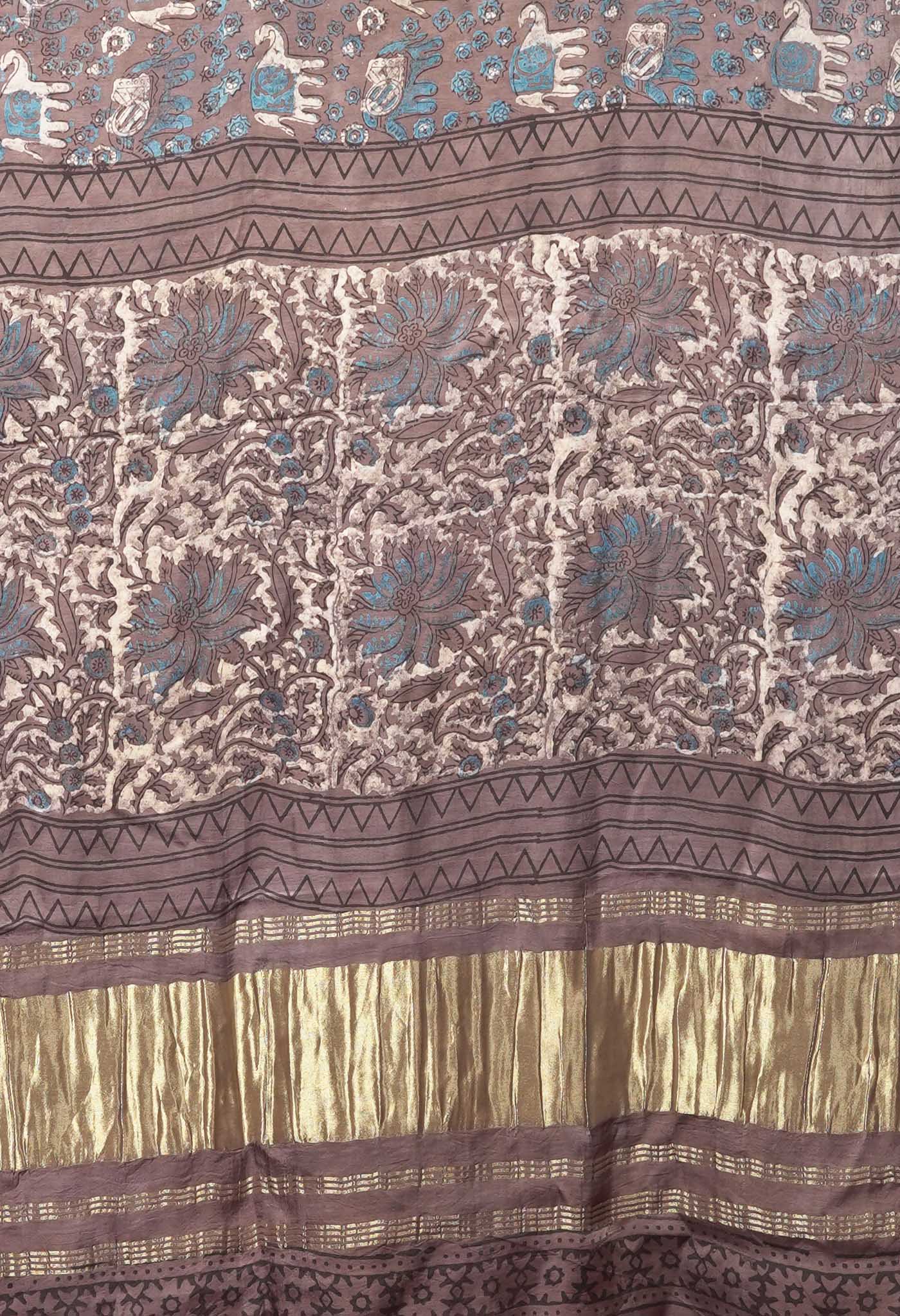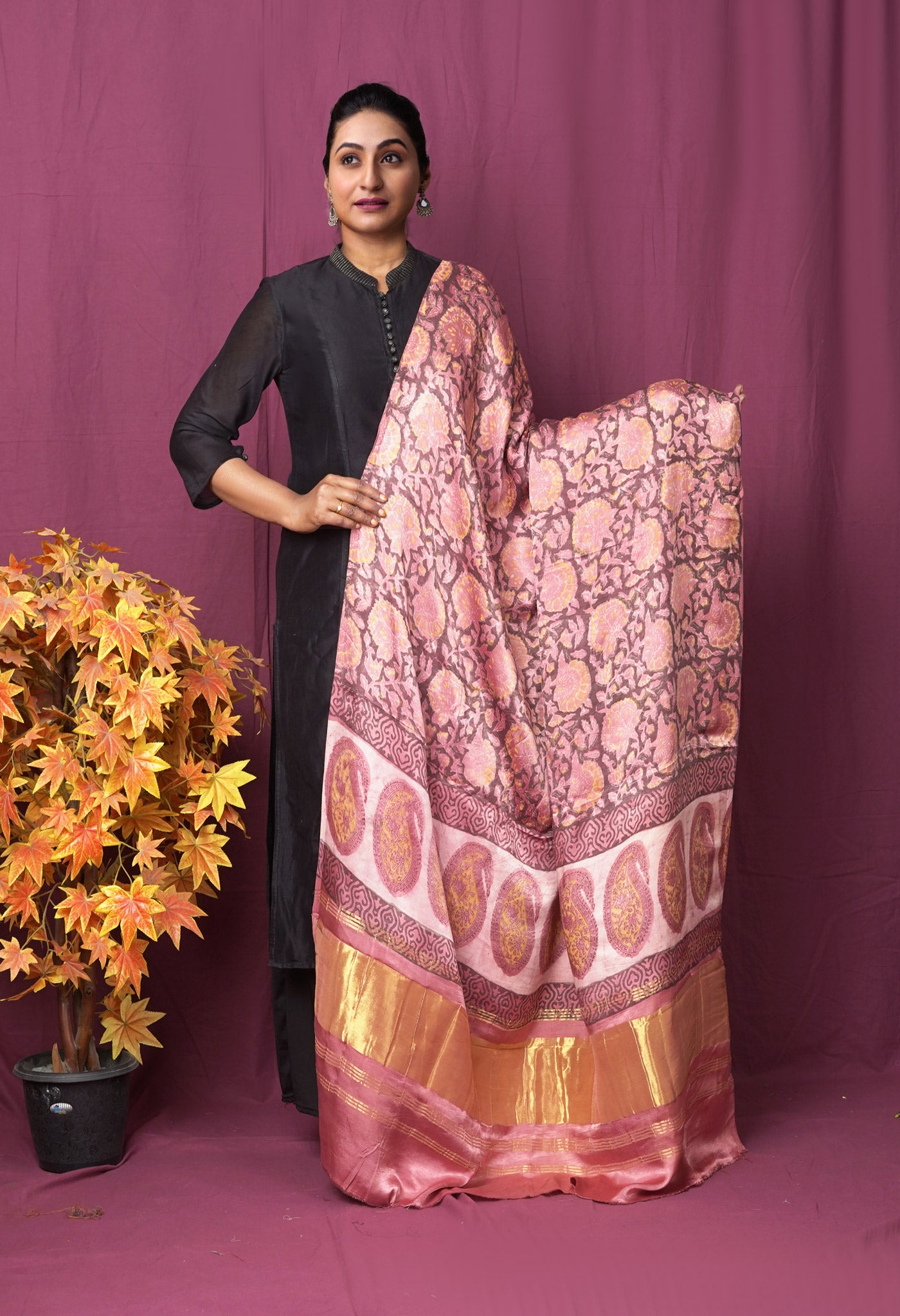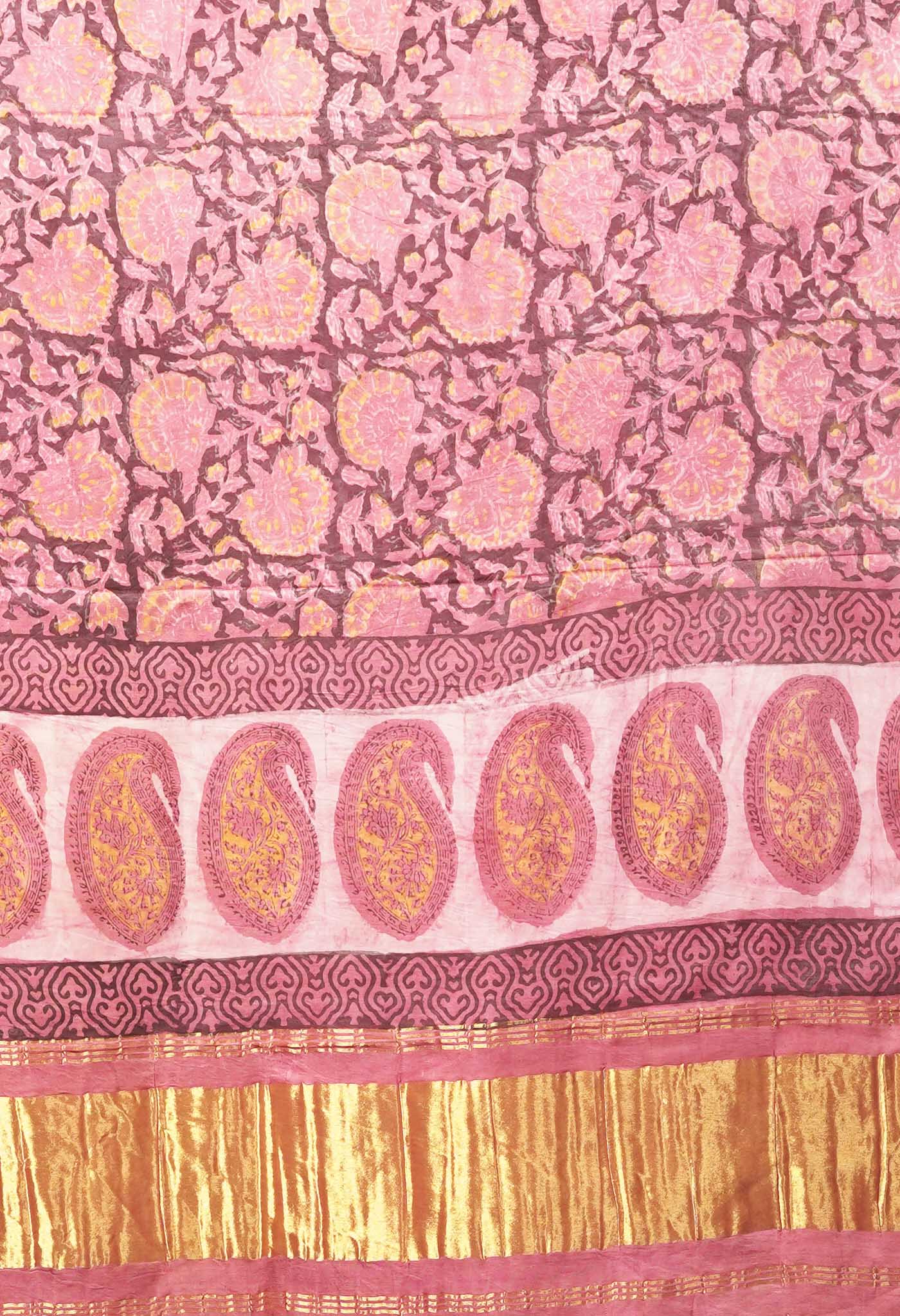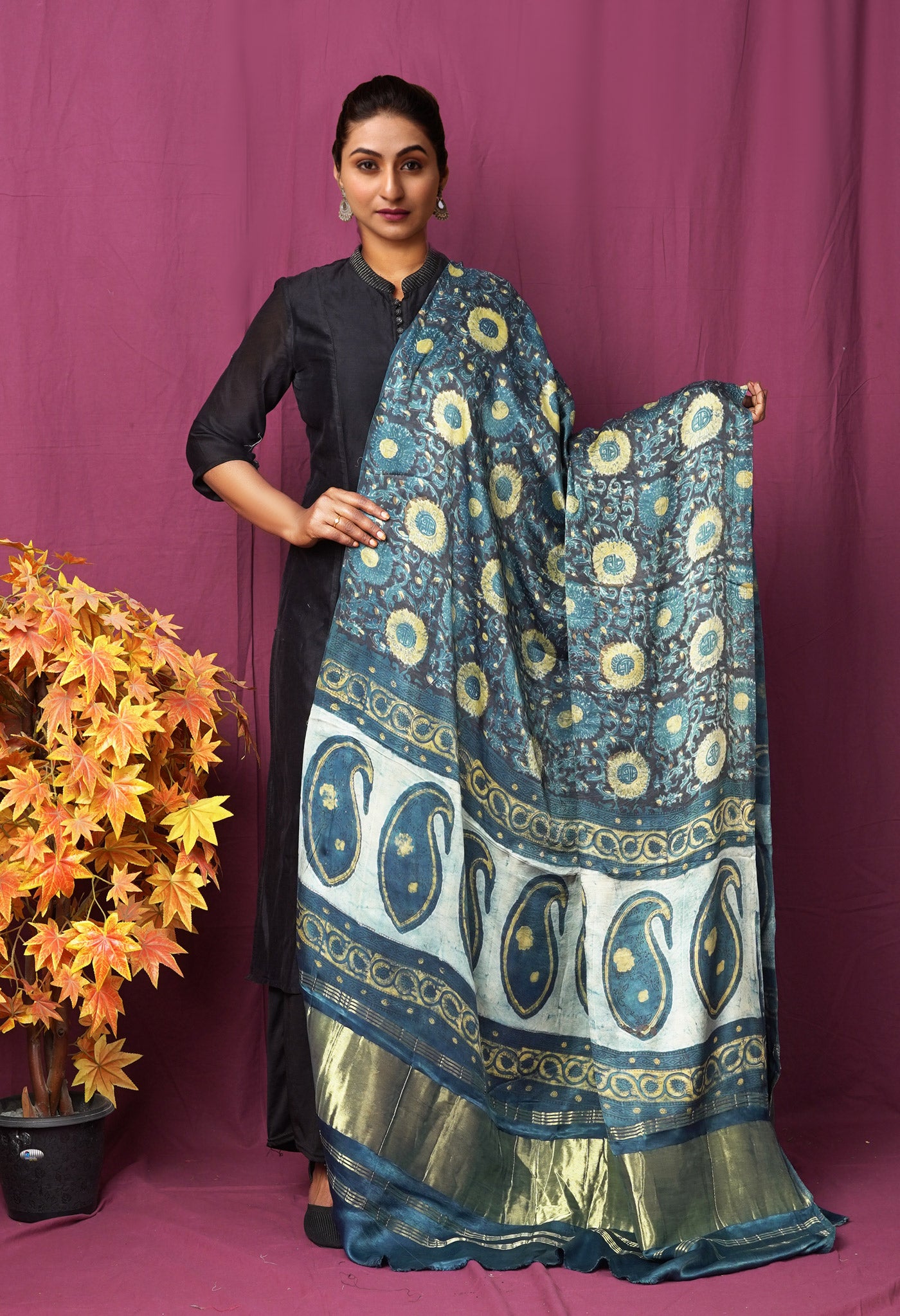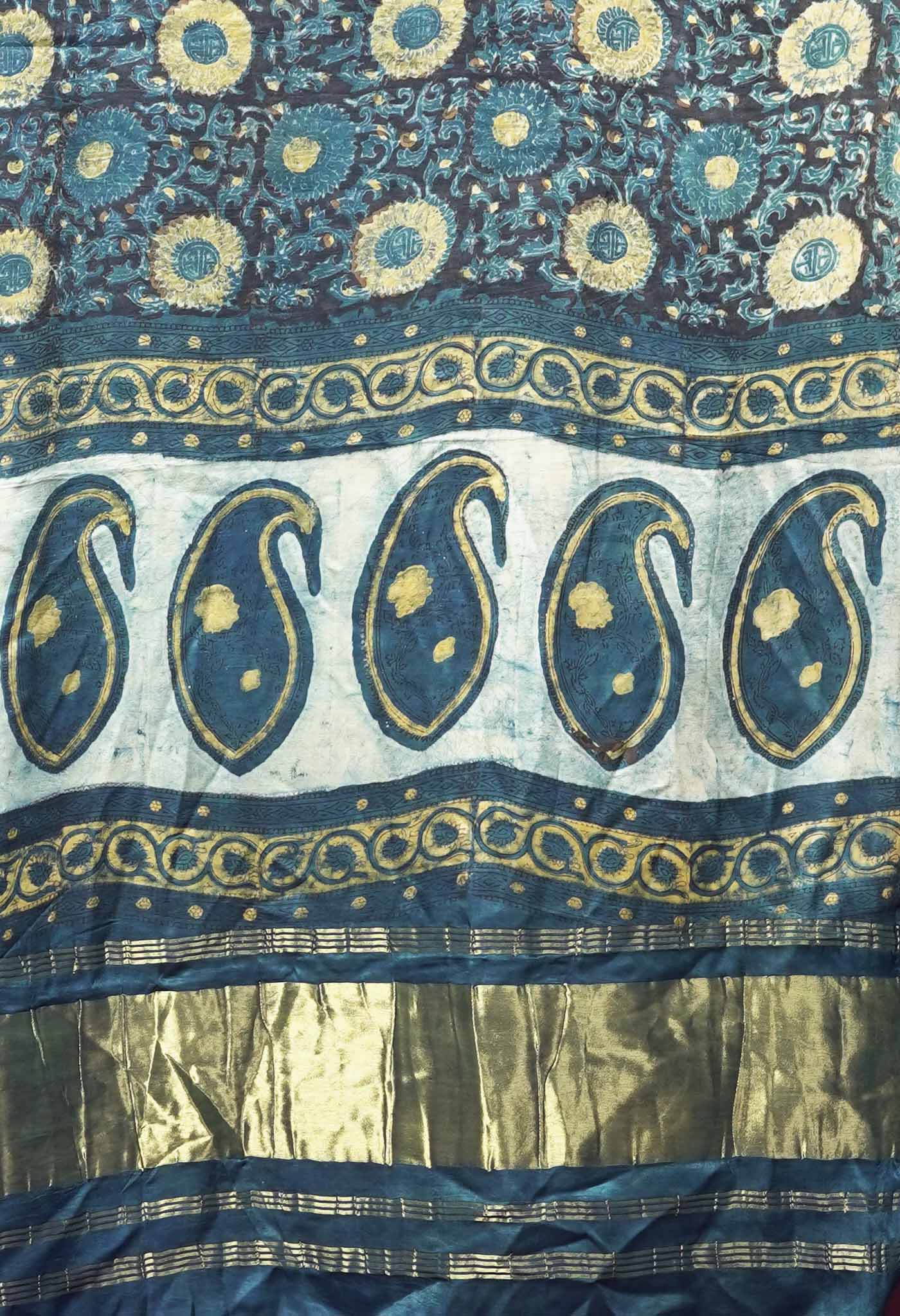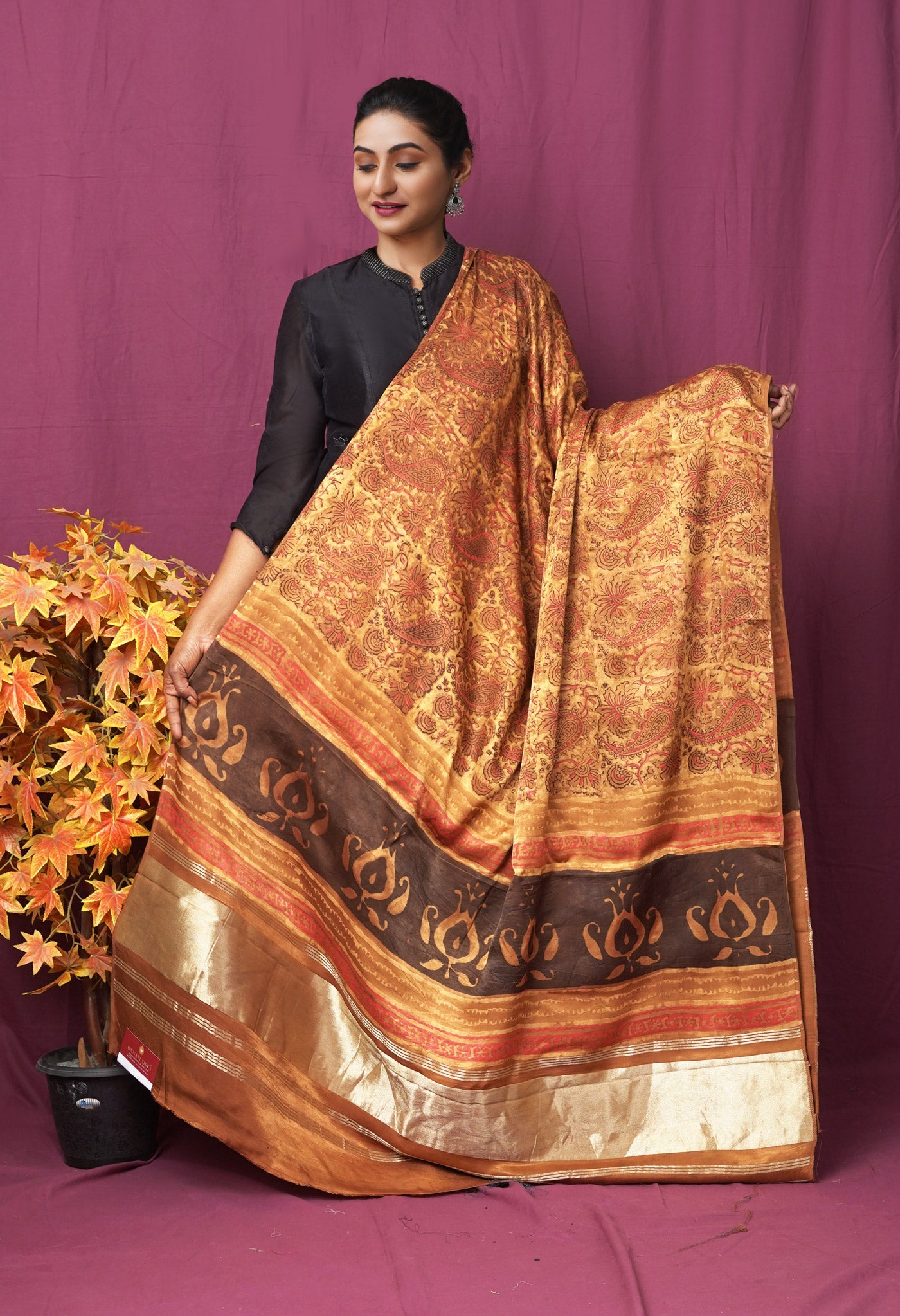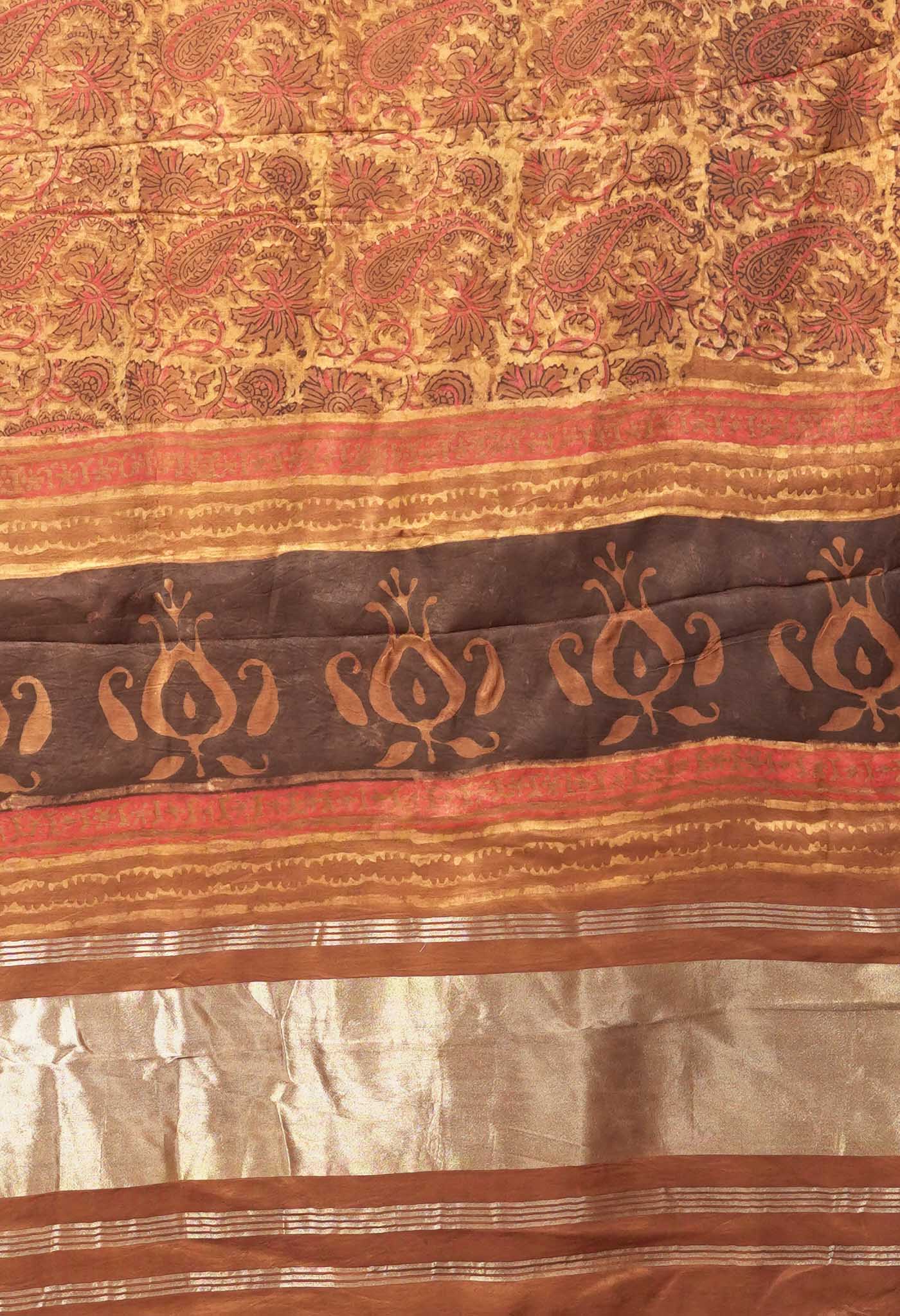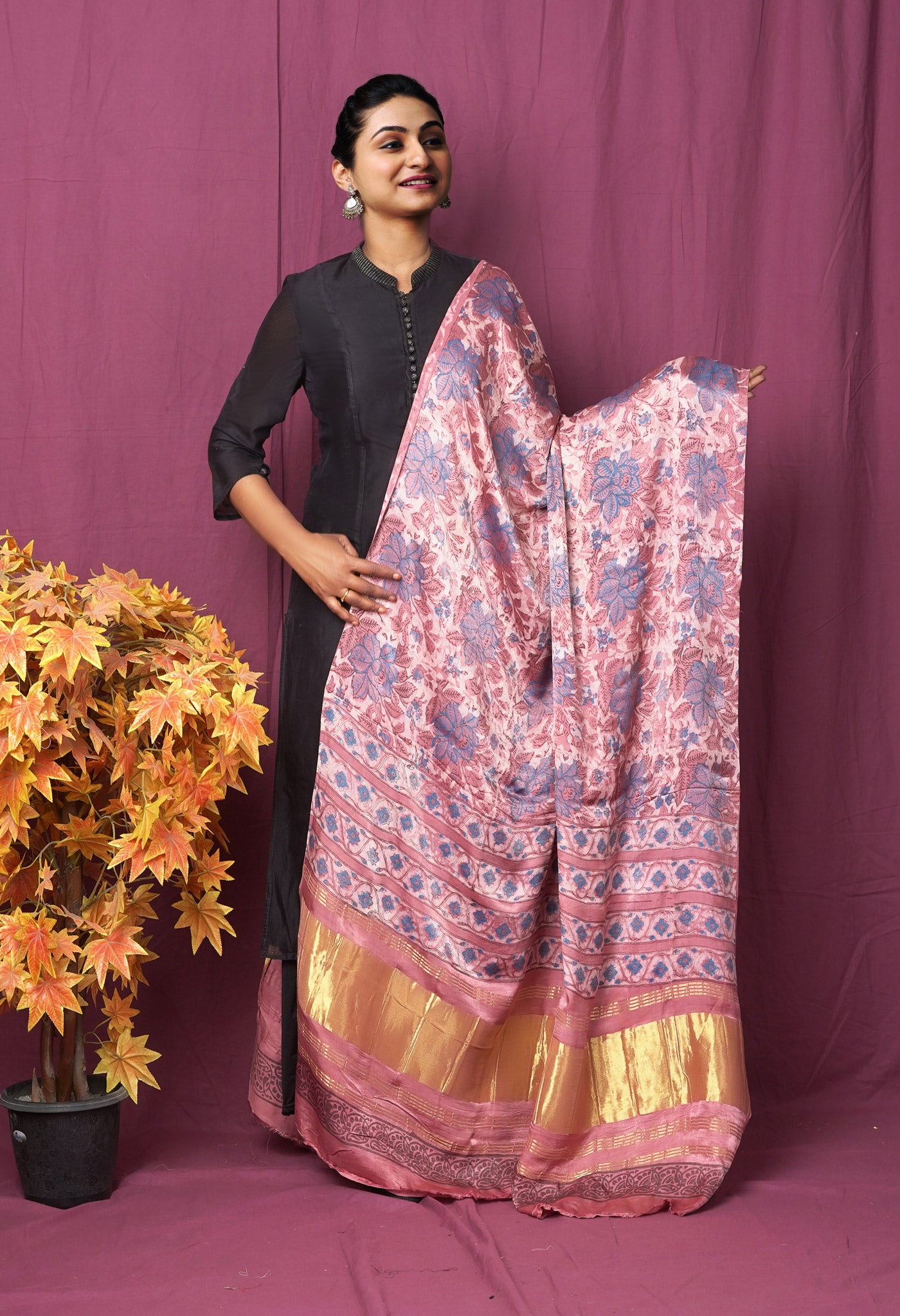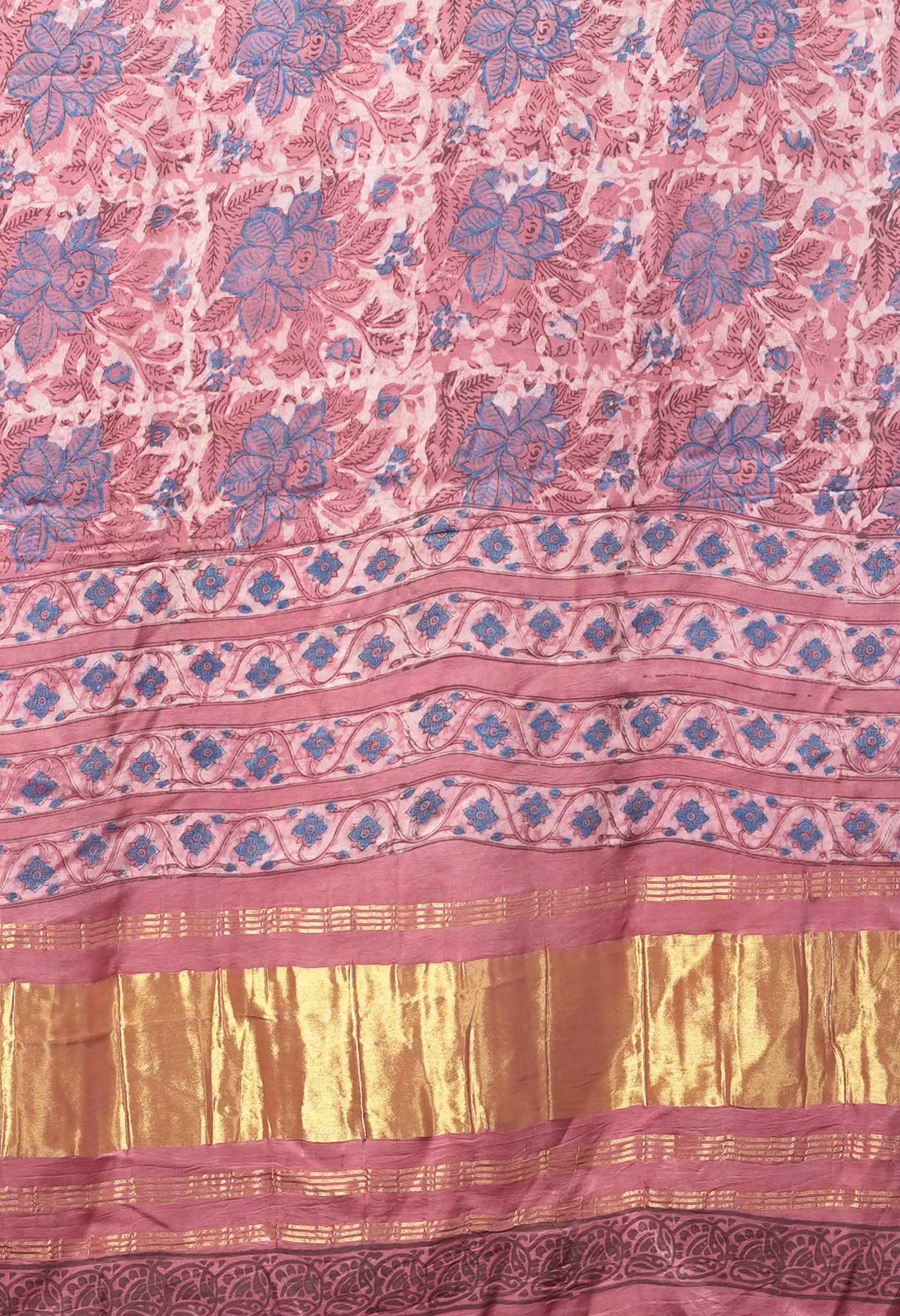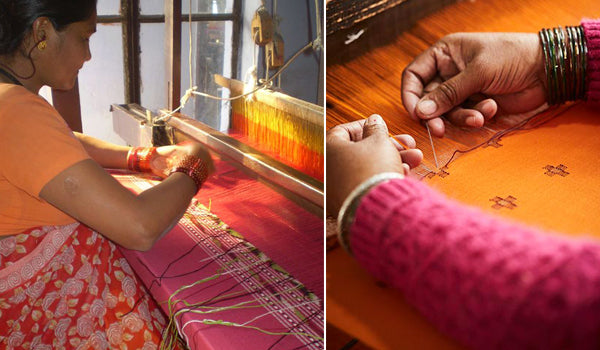
It’s 2018!! When will India acknowledge the role of Our Women Weavers?
A news item caught the attention in August 2016. It was the celebration of National Handloom Day. This event highlights the contribution of handlooms to the economy of the country, a celebration of a nation’s pride, a heritage that has to be preserved at all costs.

A bird’s eye-view of the handloom industry would reveal a lot of good things happening since the time Handlooms caught the fancy of the Prime Minister and August 7th became an annual occasion since 2015. Handlooms are given that special moment of glory when the country celebrates its existence since traditional times with speeches lauding the glories of a particular variety, celebrities sporting fashionable handloom sarees and the nation speaking as one about the creativity and effort of the ethnic practitioners of this wonderful sector of the textiles industry. Some of the powers that be, take it as a fitting moment for a political gesture by launching measures or new initiatives maybe even introduce a new policy for the handloom community. All very hunky dory seemingly, but the stark reality reveals itself soon enough after the excitement of the celebrations dies down.

An issue that is real but never addressed
A truth that stares in the face but is sadly turned a blind eye to, is the fate of the handloom sector, more so of the workforce that comprises mostly women. Comprising more than 70 % of the total strength of the sector going by government surveys, it is these women that strive unceasingly to uphold India’s flag high who should have a major share in the laurels when it comes to the creation of heirloom fabrics that are applauded all over the world. Yet it has always been considered that the males who prevail in the industry are solely responsible for the good weaves that come out and the females merely do the more small and sundry while following instructions given to them. Truly an injustice by way of apportioning credit the wrong way!
Let us move along the less travelled road and discover what is the actual in this rosily-painted scenario.
- Studies have been made by well-meaning groups and NGOs devoted to the cause of the welfare of the women in the handloom sector. One organization found that more than half the weavers’ families in the sector lived a life of want and were perpetually in penury. While they earned less than Rs.1000 per month for their devotion to churn out heritage fabrics, the middlemen gobbled up the profits. City-based salons and most retailers of fashion garments pocketed the proceeds while the creators of the magic were eking out a hand-to-mouth existence, sometimes worse.

- Besides the want that literally keep them hungry and weak at most times, the resulting health issues that crop up add to their misery. Tuberculosis, anemia, asthma, fading eye sight, various skin and bone related problems are commonplace. When their daily life is a fight for existence where are the resources to seek medical help?
- What results from this? To keep alive and ‘keeping India proud with their efforts’, most families of weavers get heavily indebted to village money lenders, work long hours (10 hours per day on an average). With more than 50 % of the women being semi-literate or illiterate they are heavily dependent on the men folk including their sons and the like. The school drop-out rate among girls in their families is also quite high. Recent announcements to encourage the girl child to study by the present government would take some time to even get a hold on the dominant psyche of the males.

- Women have a good grip on the business at hand. Traditional to the core most of the women in the industry have been involved in the activity since they were small girls. Handling most of the pre-weaving work such as preparation of the yarn and the looms, dyeing and/or tying and dyeing yarn and fabric, and embellishing garments by hand embroidering them. Given the chance they even sit at the loom and do the actual weaving. But they have never been given the opportunity nor the encouragement to do the weaving on their own and increase the earnings of the family. Tradition has always come in the way and serves the men folk to continue an unfair sense of superiority and thereby unjust domination.

- While the women of the North Eastern states have a certain advantage in being allowed a freedom of dealing on their own, the women in the remaining parts of India are constrained within a male-centric environment that does not allow them to function as equals. While they do most of the activities towards the completion of a product, the sale, the purchase of raw materials, the say in designs etc. become essentially a man’s domain that they do not like to relinquish. Even when the government Census representatives (mostly male) come to register the ownership of looms or the names of the primary workers in a family of weavers, it is nearly always the family males who get formally enlisted as the owners and primary workers in the area. The women are enlisted primarily as housewives who assist men, hence are secondary workers. If one sees any advantage in that it is a warped logic that reflects on society’s thinking itself.

- Caste is also a barrier within the weaving community. In India, it is caste that first creates a traditional community of craftsmen and women and caste that determines its linkages with the wider society and markets. Traditionally it is the lower castes in Hindu society who are engaged in weaving and allied activities. Moreover Indian society follows the patriarchal system where the woman is in a lower status primarily. Therefore the womenfolk automatically get discriminated against even when they function independently.
- The gender discrimination within and further in the wider trading community without, has many a time throttled the aspirations of talented women who could definitely be an asset to their families for their thinking rationale but instead are subjected to the whims and fancies of the less thinking and more adventurous male counterparts. Skilled women weavers get dominated by less knowing sons only because their husbands follow a tradition totally bereft of logic.

- The power groups that control the finance and operations of the trade generally are from the higher castes of Hindu society. They know the weakness of the craftsmen who do not question and do not deal with the womenfolk who could be logical and questioning but subjugated to the authority of their male counterparts.
- With modernization has come in power looms and assembly lines. Women have already been pushed in the background due to illogical male domination in handlooms. So with little scope to practice their skill and joining a mechanized field of assembly production it is deskilling of talent in a large way. But in the process they are also subjected to, because of commercial considerations, long hours of work that puts them at risk health-wise and otherwise.

- One of the biggest ironies is that the women who weave extraordinary weaves like Kanchipuram sarees, Chanderi Sarees, Paithani or the Varanasi Silk Sarees, may never get to wear what they produce. The cost is high and the maintenance of the saree becomes an unthinkable burden when weighed against the small remuneration they would get for the upkeep of their families.
What is the bottom line when one gets a feel of this reality?
Is it merely to shrug and say things may not be as bad as they seem. Then till what is it acceptable and when does it seem unjust? When will the govt. understand these hard hitting facts and take concrete steps to roll back the situation? When will the weaving community itself bring about the turnaround when the womenfolk get the place they deserve, their place in the sun, that India as a country can feel proud that the Nation’s Heritage is in strong hands that have the craft and capability to carry on a tradition that always had been theirs but was never acknowledged.

